Details of the Target
General Information of Target
| Target ID | LDTP04974 | |||||
|---|---|---|---|---|---|---|
| Target Name | Small ribosomal subunit protein uS15 (RPS13) | |||||
| Gene Name | RPS13 | |||||
| Gene ID | 6207 | |||||
| Synonyms |
Small ribosomal subunit protein uS15; 40S ribosomal protein S13 |
|||||
| 3D Structure | ||||||
| Sequence |
MGRMHAPGKGLSQSALPYRRSVPTWLKLTSDDVKEQIYKLAKKGLTPSQIGVILRDSHGV
AQVRFVTGNKILRILKSKGLAPDLPEDLYHLIKKAVAVRKHLERNRKDKDAKFRLILIES RIHRLARYYKTKRVLPPNWKYESSTASALVA |
|||||
| Target Bioclass |
Other
|
|||||
| Family |
Universal ribosomal protein uS15 family
|
|||||
| Subcellular location |
Cytoplasm
|
|||||
| Function |
Component of the small ribosomal subunit. The ribosome is a large ribonucleoprotein complex responsible for the synthesis of proteins in the cell. Part of the small subunit (SSU) processome, first precursor of the small eukaryotic ribosomal subunit. During the assembly of the SSU processome in the nucleolus, many ribosome biogenesis factors, an RNA chaperone and ribosomal proteins associate with the nascent pre-rRNA and work in concert to generate RNA folding, modifications, rearrangements and cleavage as well as targeted degradation of pre-ribosomal RNA by the RNA exosome.
|
|||||
| Uniprot ID | ||||||
| Ensemble ID | ||||||
| HGNC ID | ||||||
Probe(s) Labeling This Target
ABPP Probe
| Probe name | Structure | Binding Site(Ratio) | Interaction ID | Ref | |
|---|---|---|---|---|---|
|
P2 Probe Info |
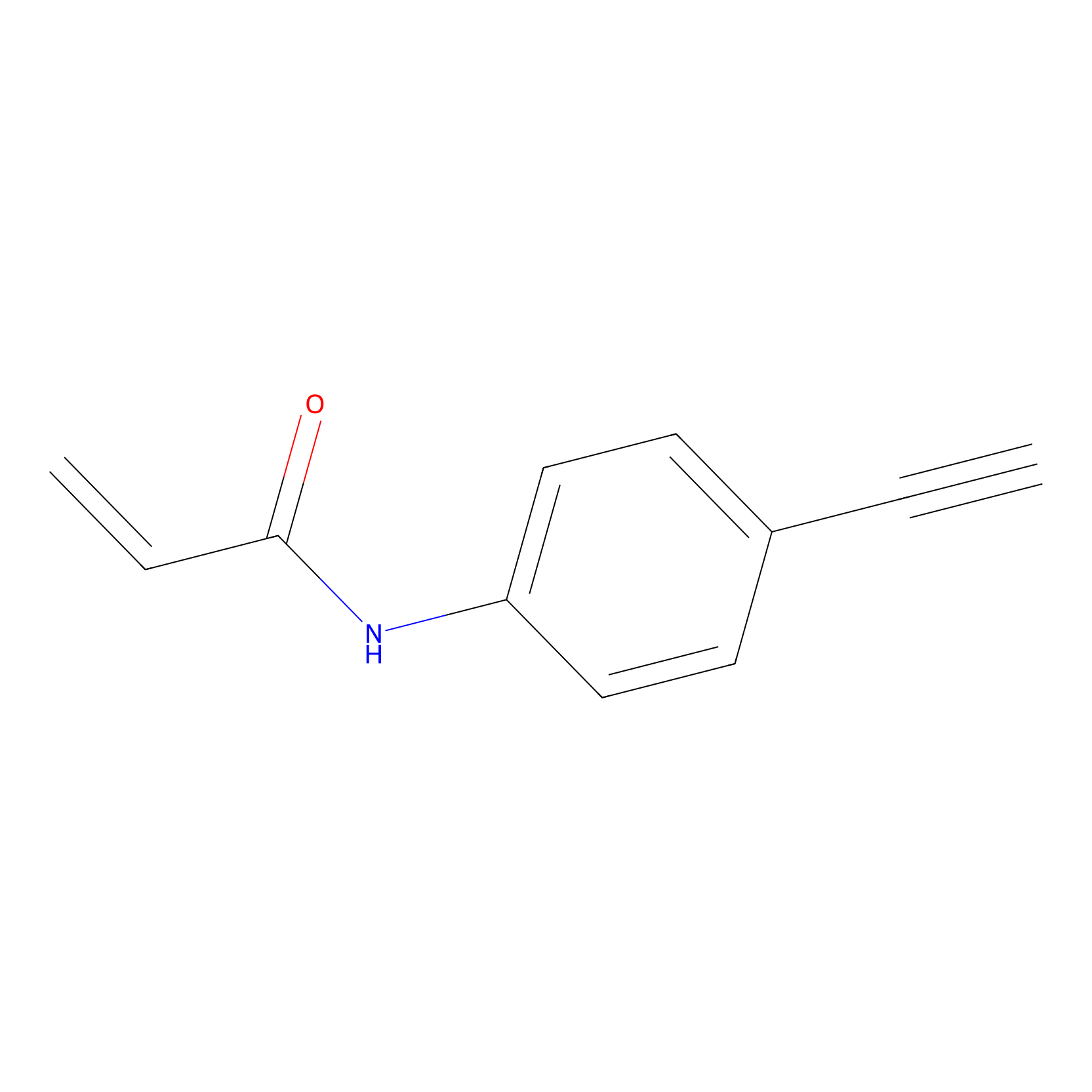 |
1.54 | LDD0449 | [1] | |
|
P3 Probe Info |
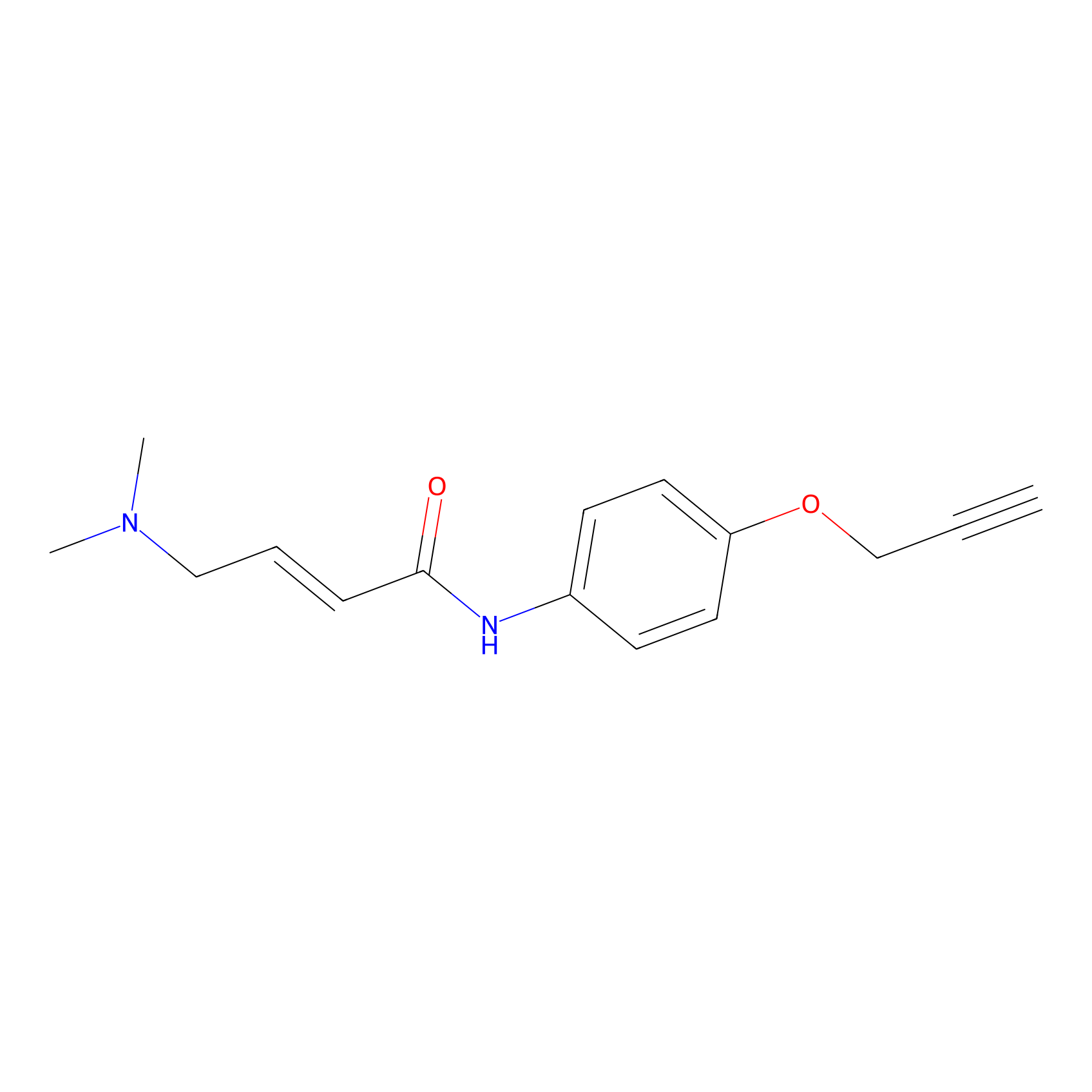 |
1.51 | LDD0454 | [1] | |
|
C-Sul Probe Info |
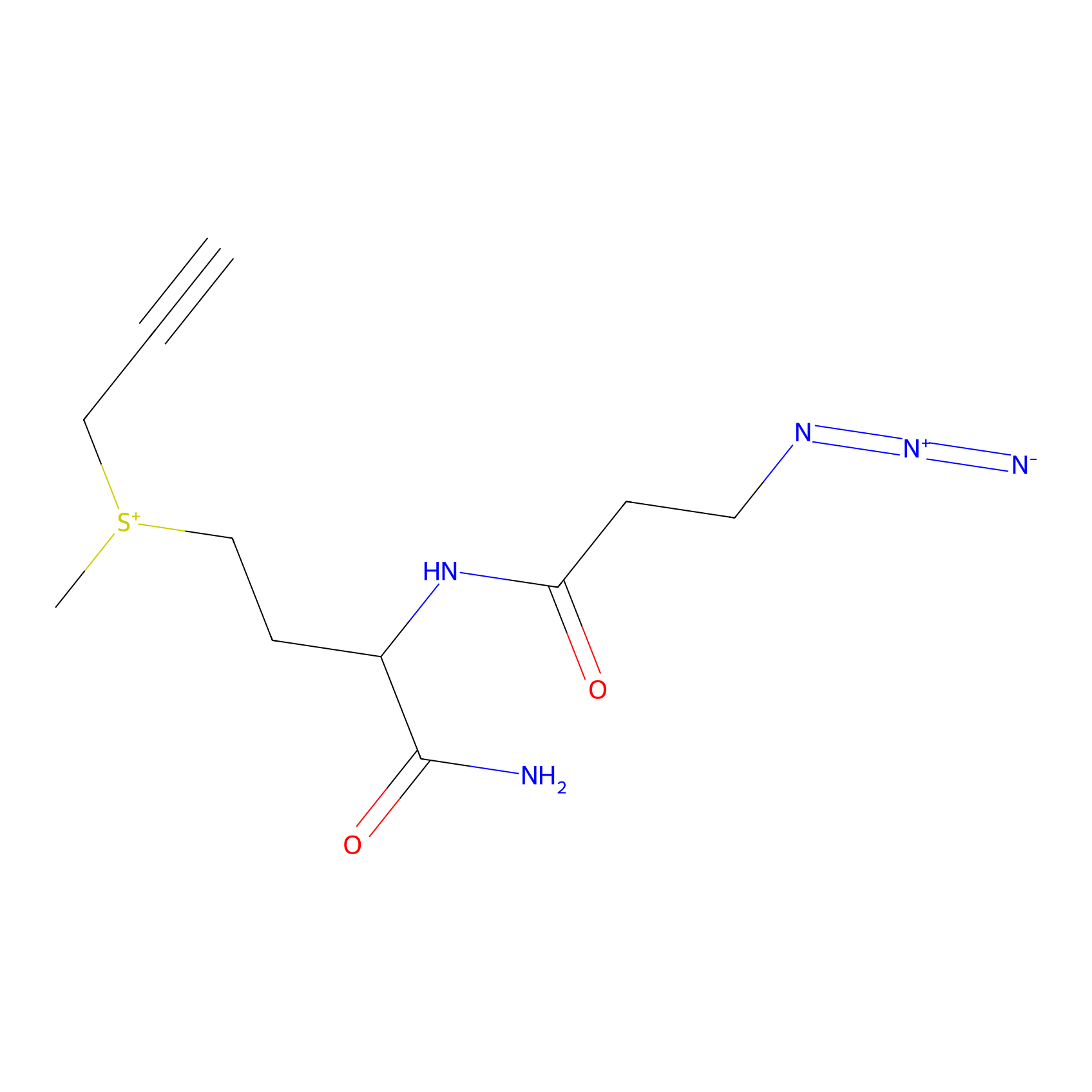 |
5.64 | LDD0066 | [2] | |
|
TH211 Probe Info |
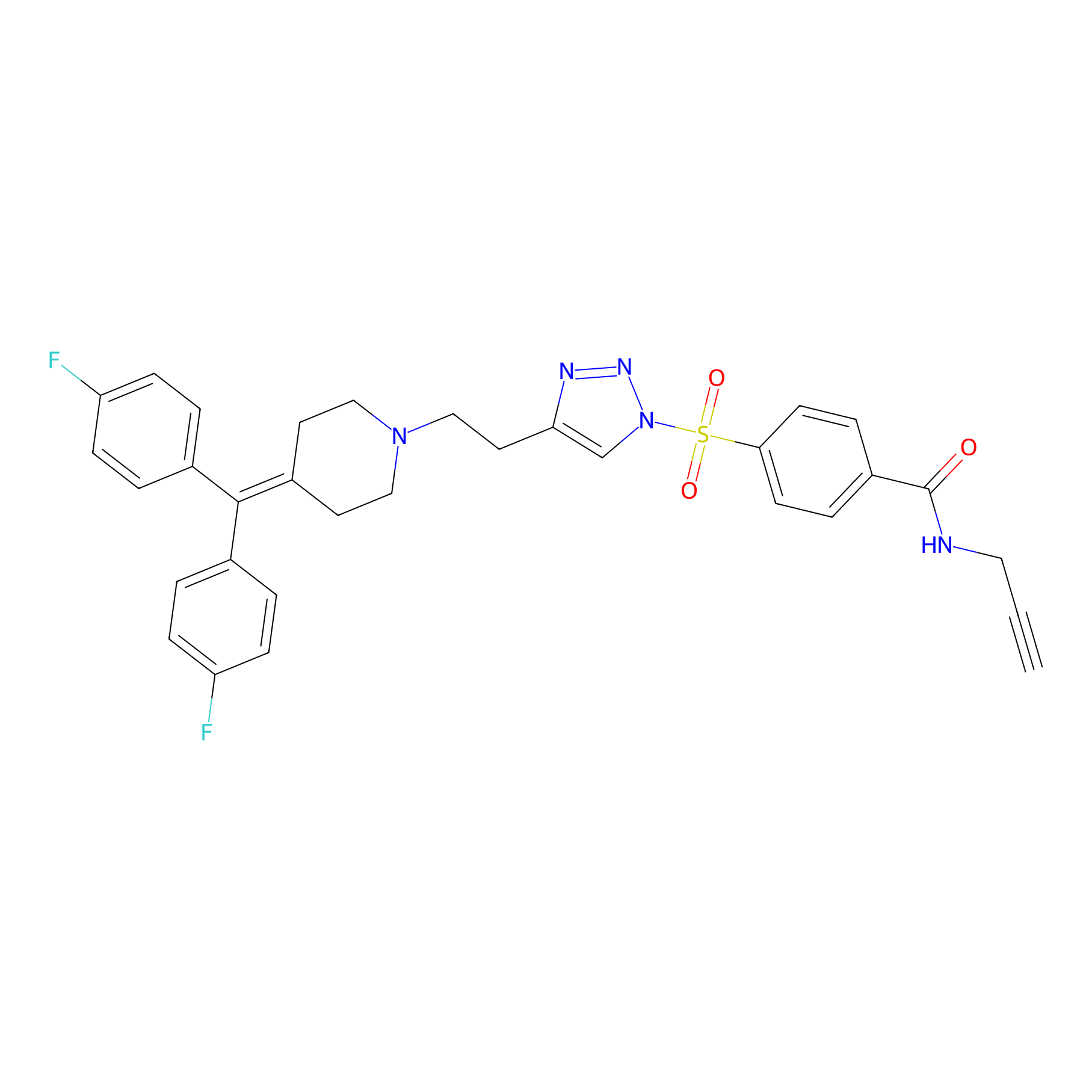 |
Y18(12.51); Y89(12.40); Y38(11.48) | LDD0257 | [3] | |
|
TH214 Probe Info |
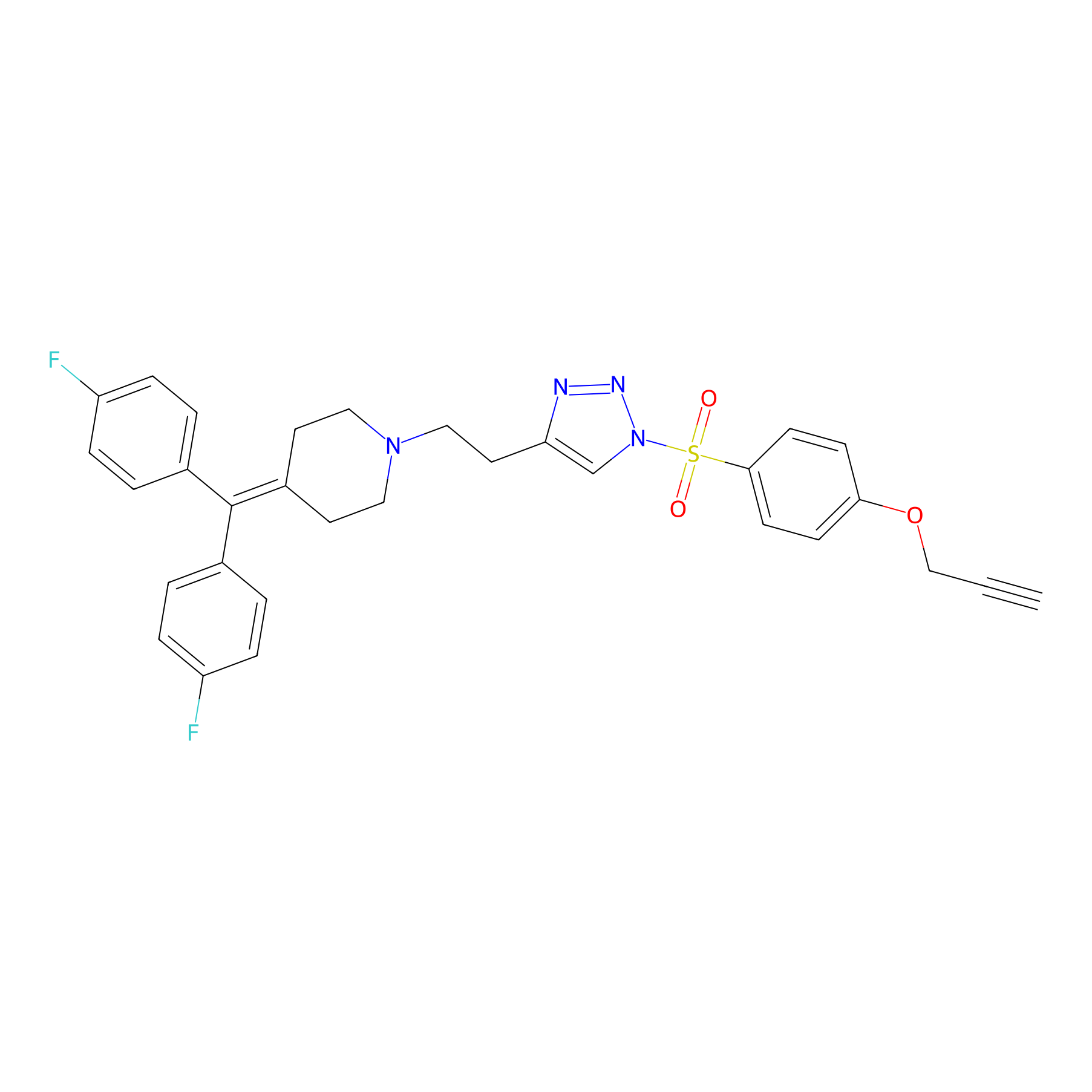 |
Y89(6.30) | LDD0258 | [3] | |
|
TH216 Probe Info |
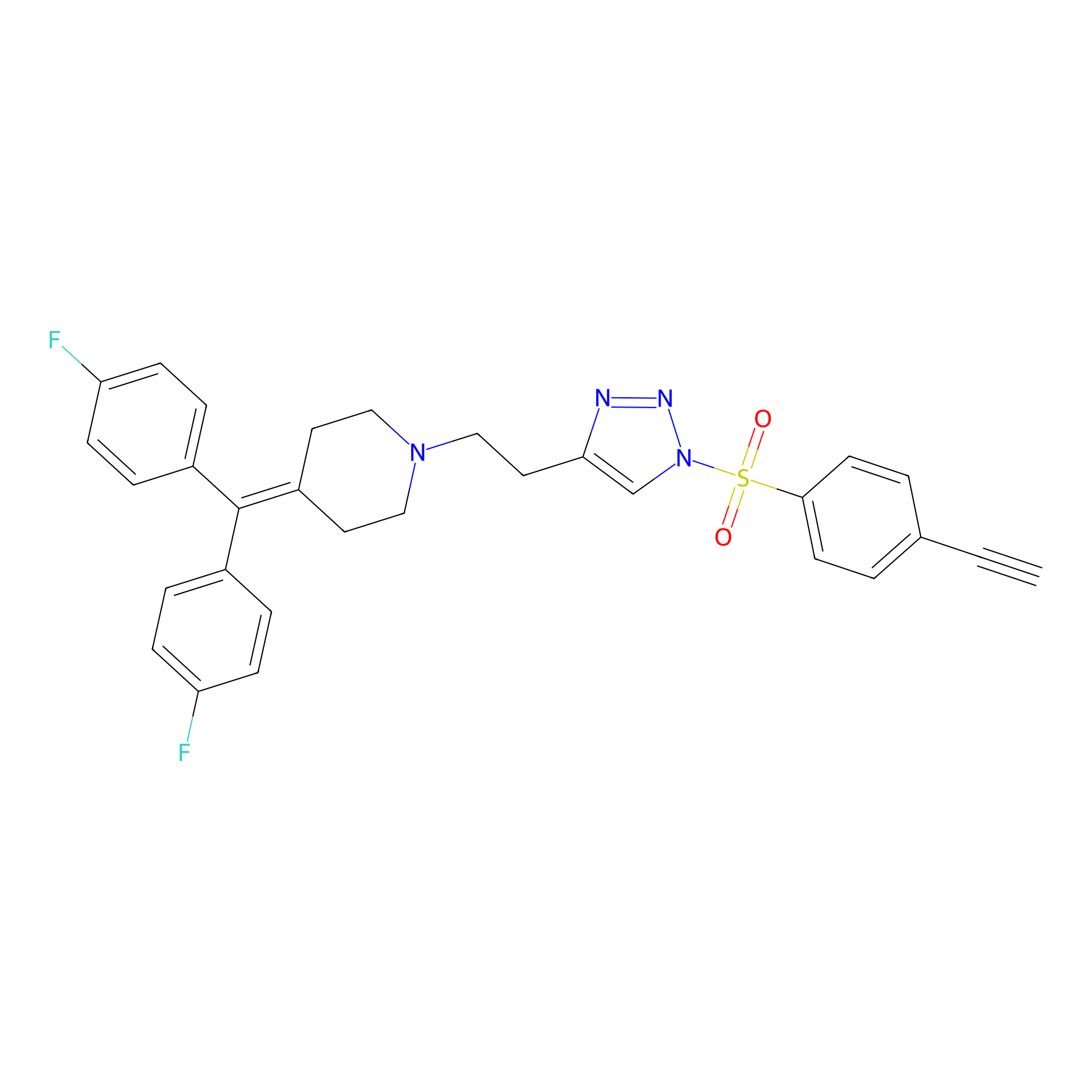 |
Y89(20.00); Y18(13.91) | LDD0259 | [3] | |
|
YN-4 Probe Info |
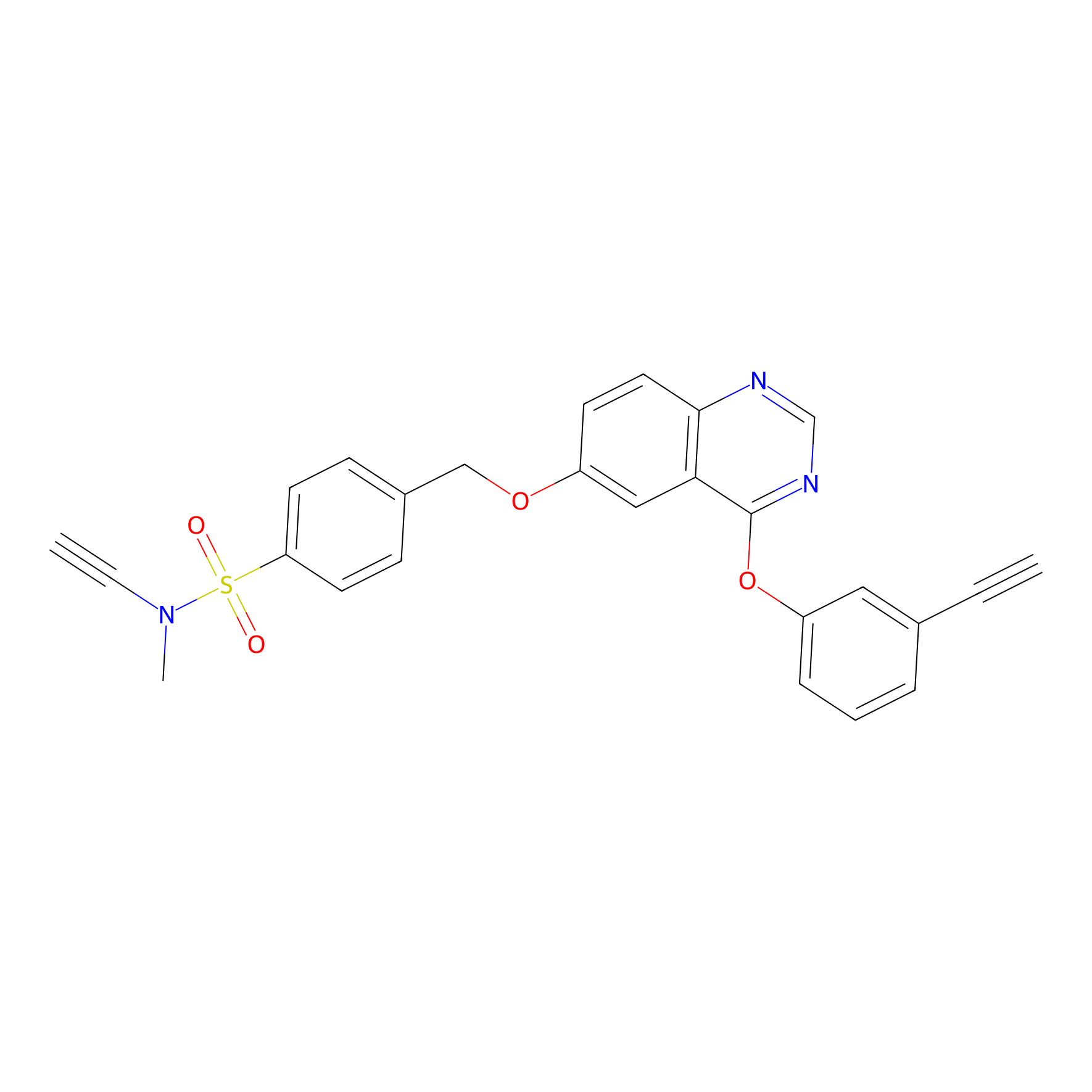 |
100.00 | LDD0445 | [4] | |
|
ONAyne Probe Info |
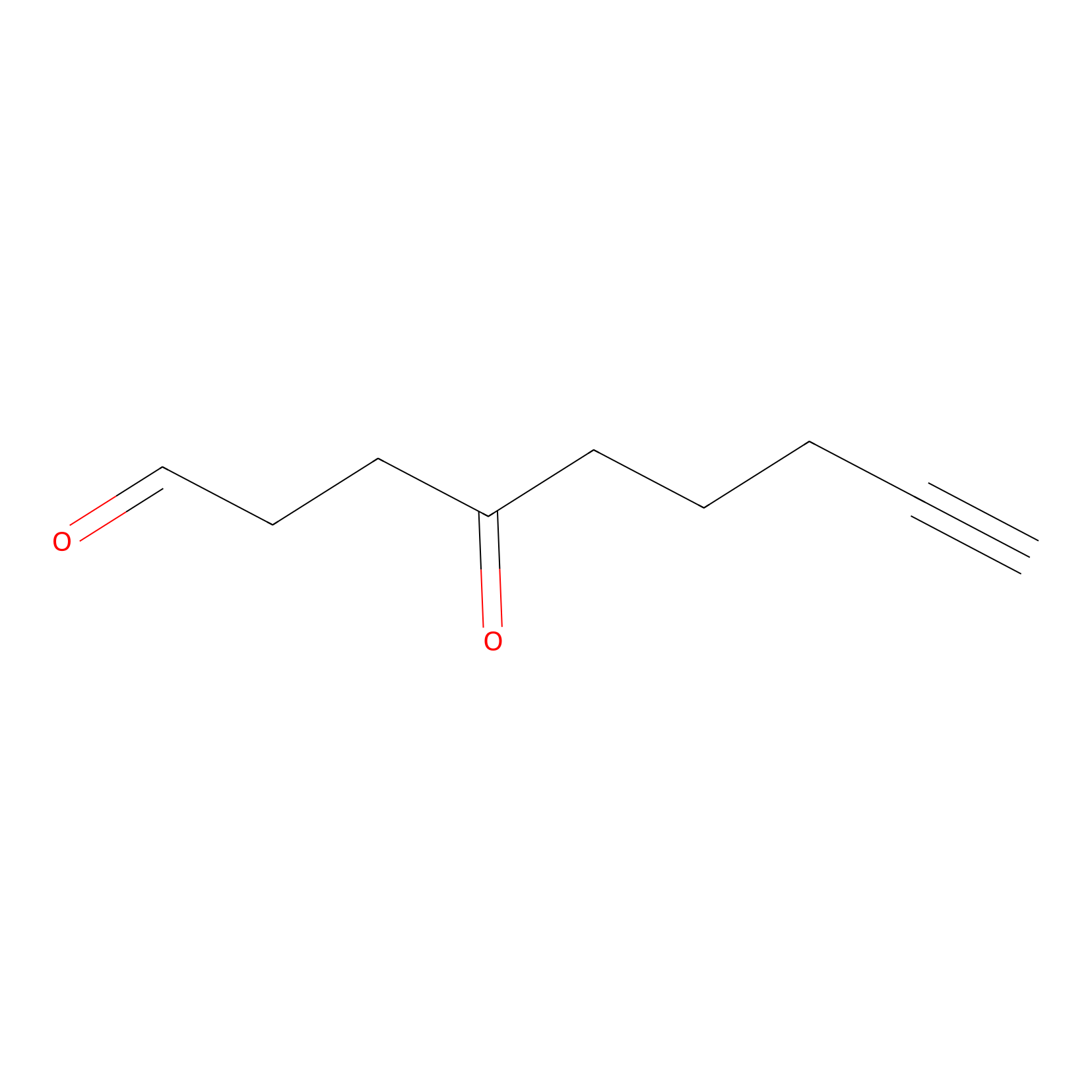 |
N.A. | LDD0273 | [5] | |
|
OPA-S-S-alkyne Probe Info |
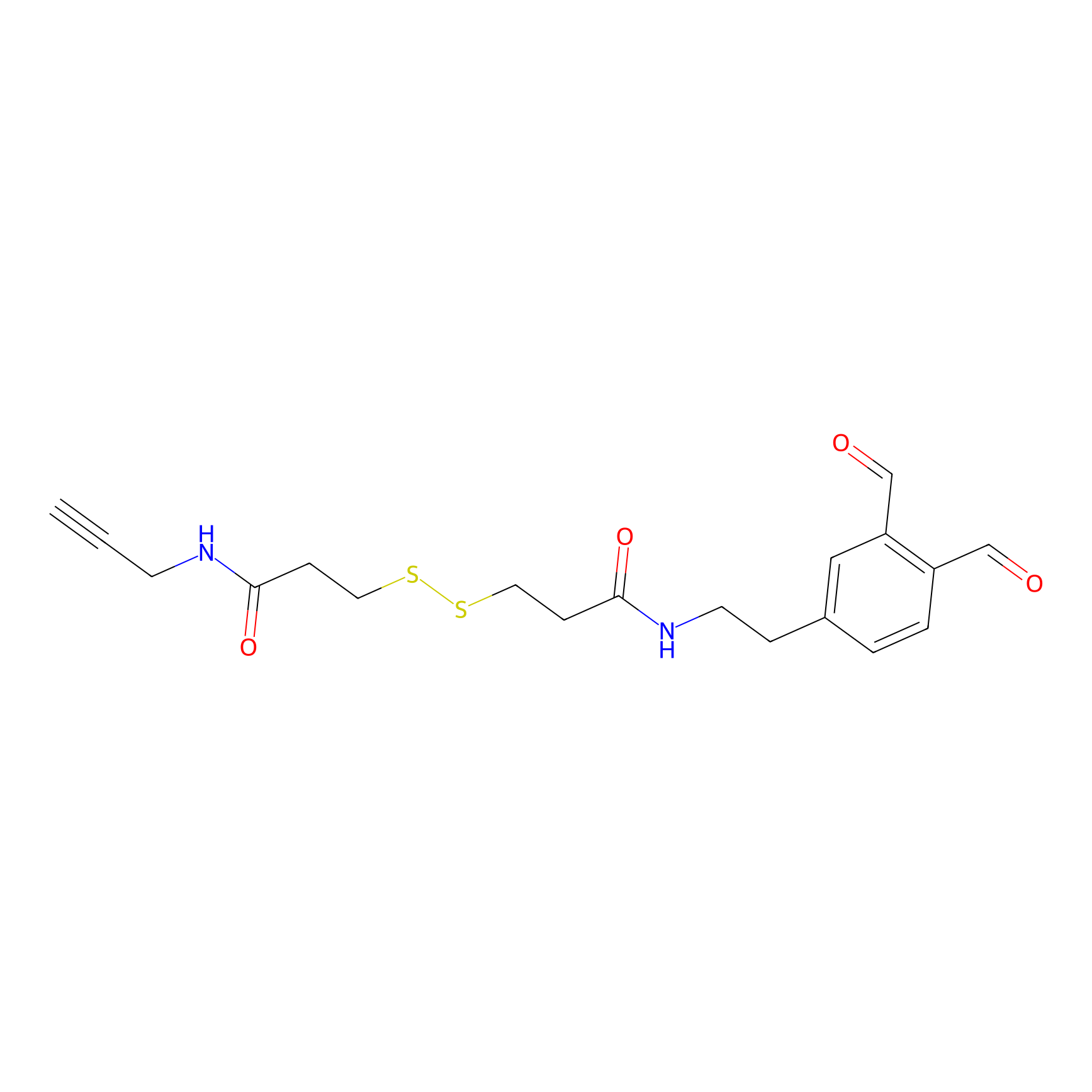 |
K9(2.45); K70(6.69); K43(7.76) | LDD3494 | [6] | |
|
Probe 1 Probe Info |
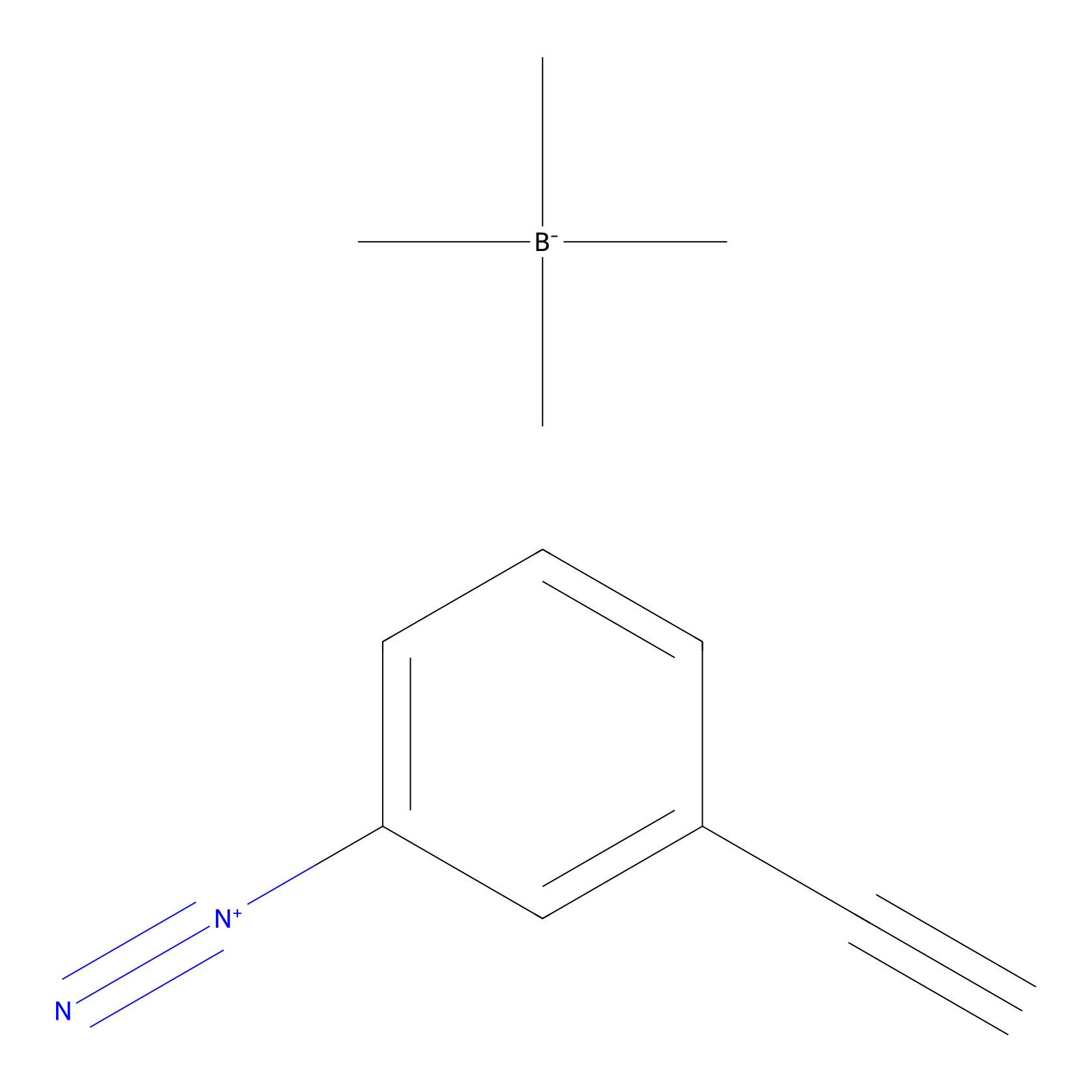 |
Y18(22.19) | LDD3495 | [7] | |
|
HHS-482 Probe Info |
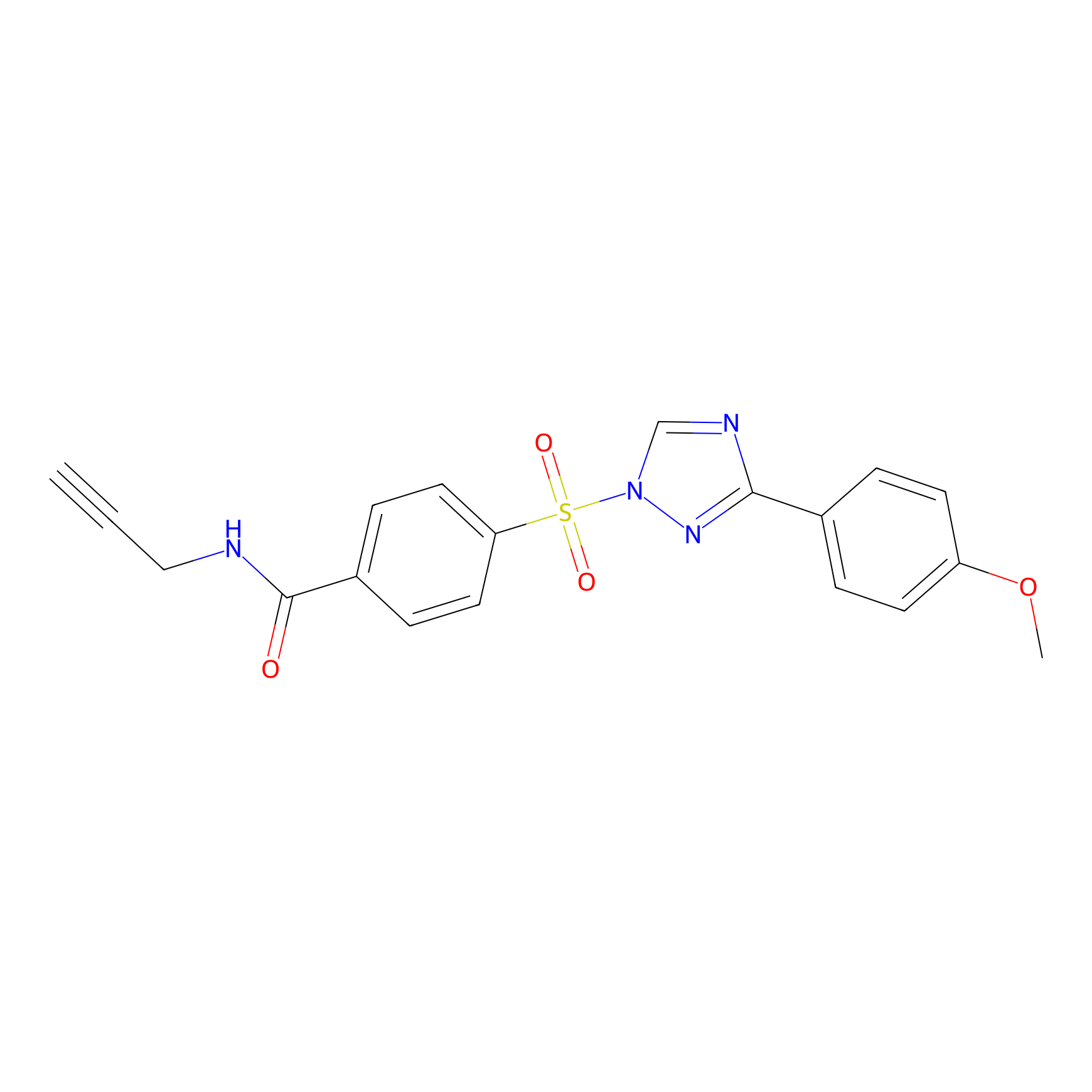 |
Y18(0.93); Y38(0.98); Y89(0.88) | LDD0285 | [8] | |
|
HHS-475 Probe Info |
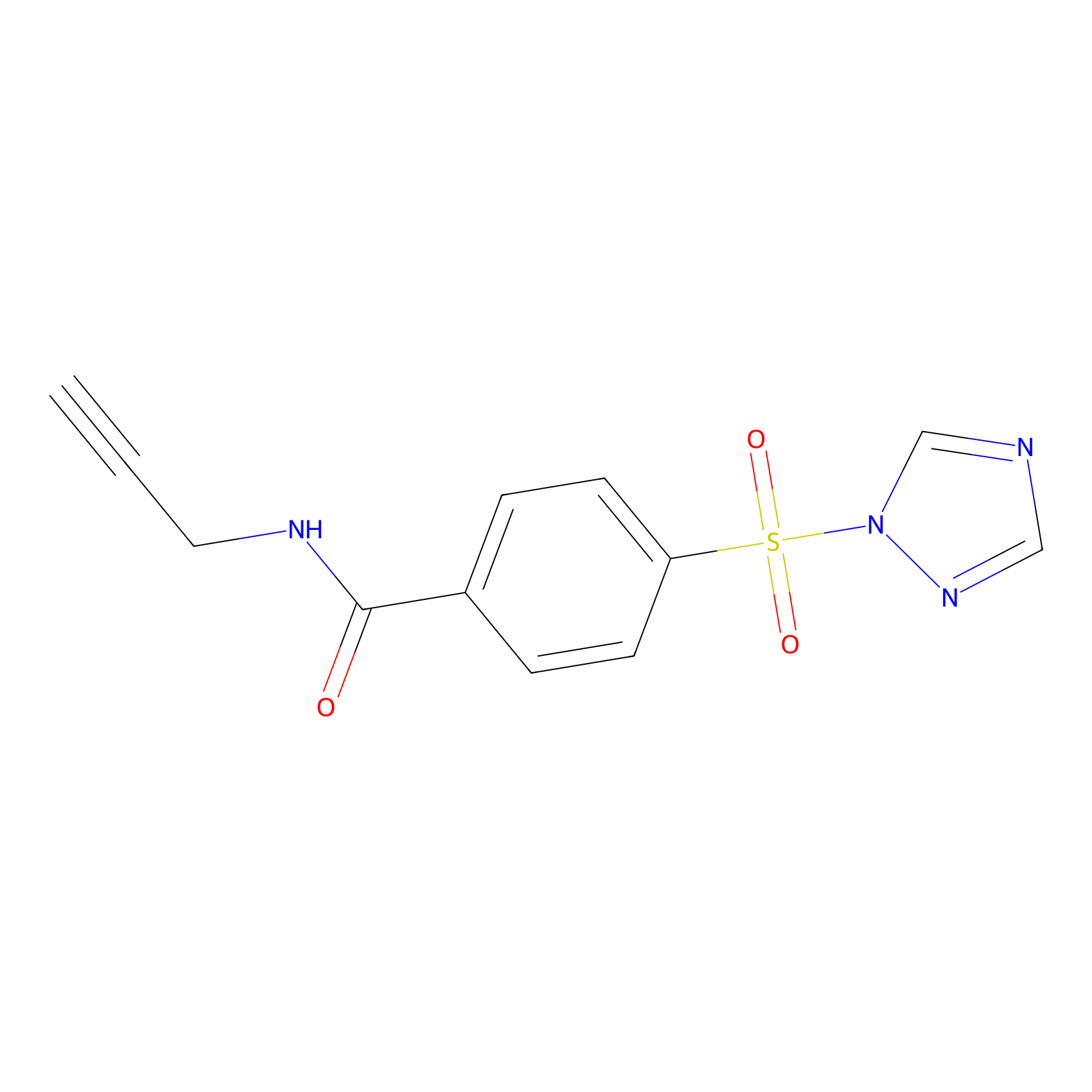 |
Y89(0.57); Y38(7.41) | LDD0264 | [9] | |
|
HHS-465 Probe Info |
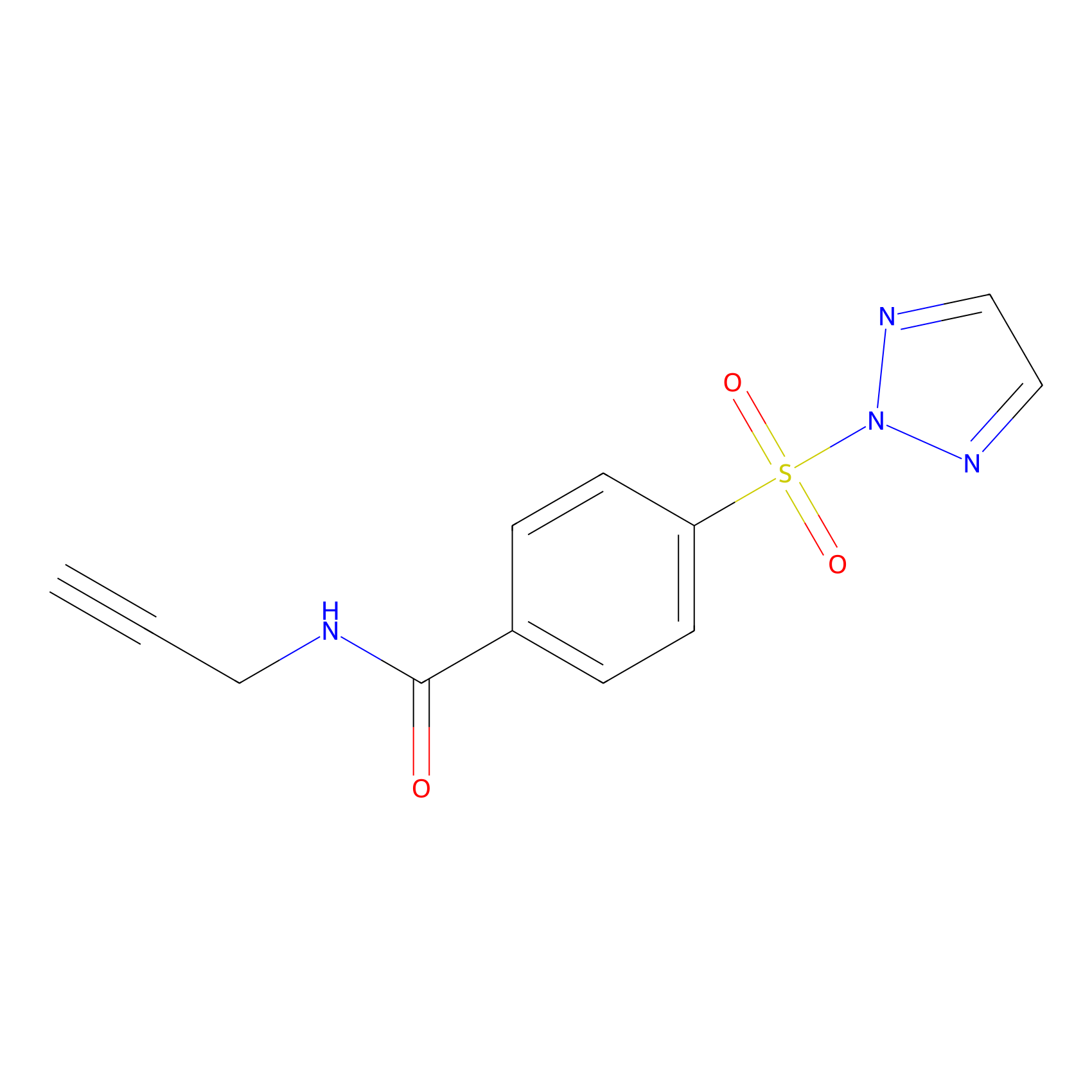 |
Y18(5.34); Y38(6.70); Y89(3.61) | LDD2237 | [10] | |
|
5E-2FA Probe Info |
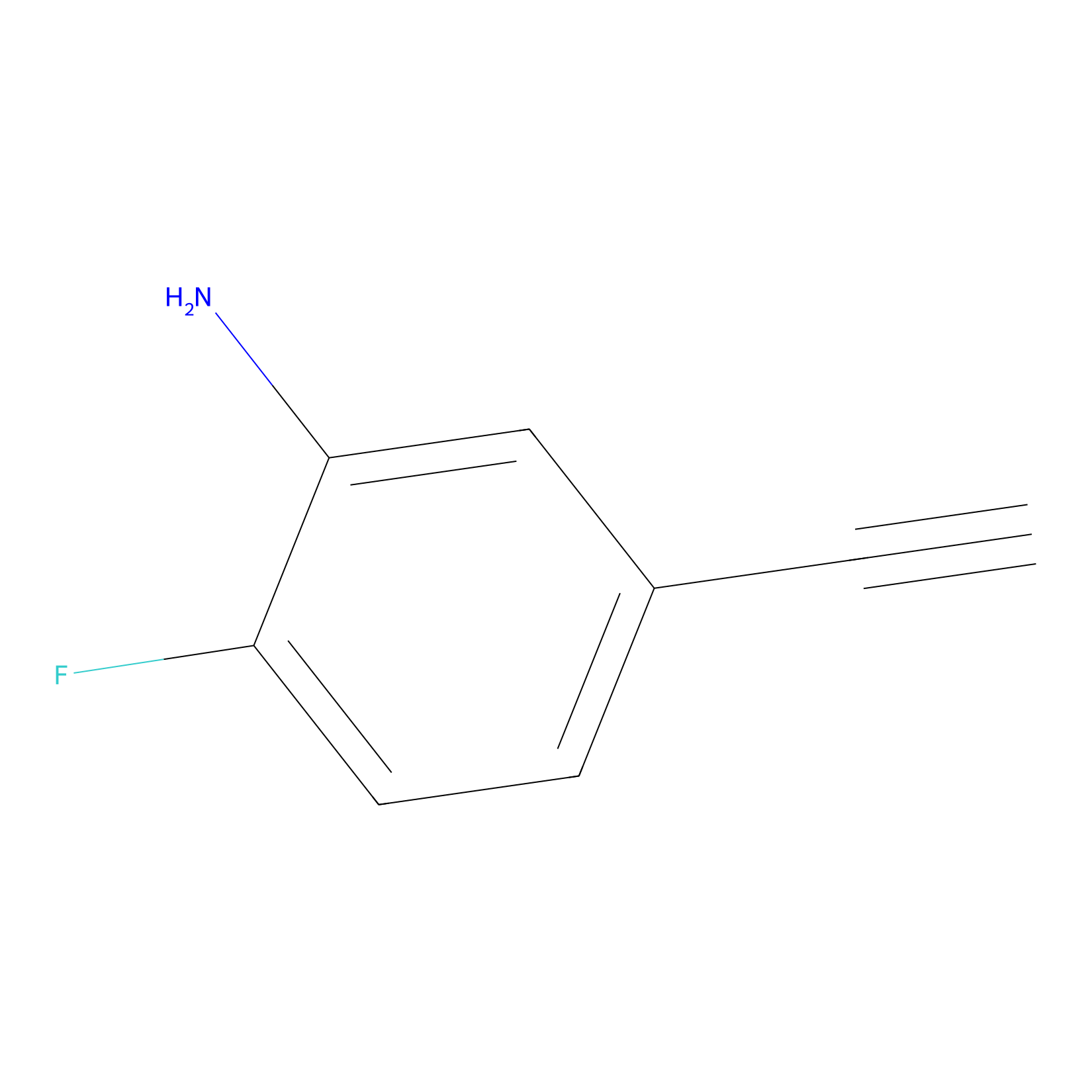 |
N.A. | LDD2235 | [11] | |
|
AMP probe Probe Info |
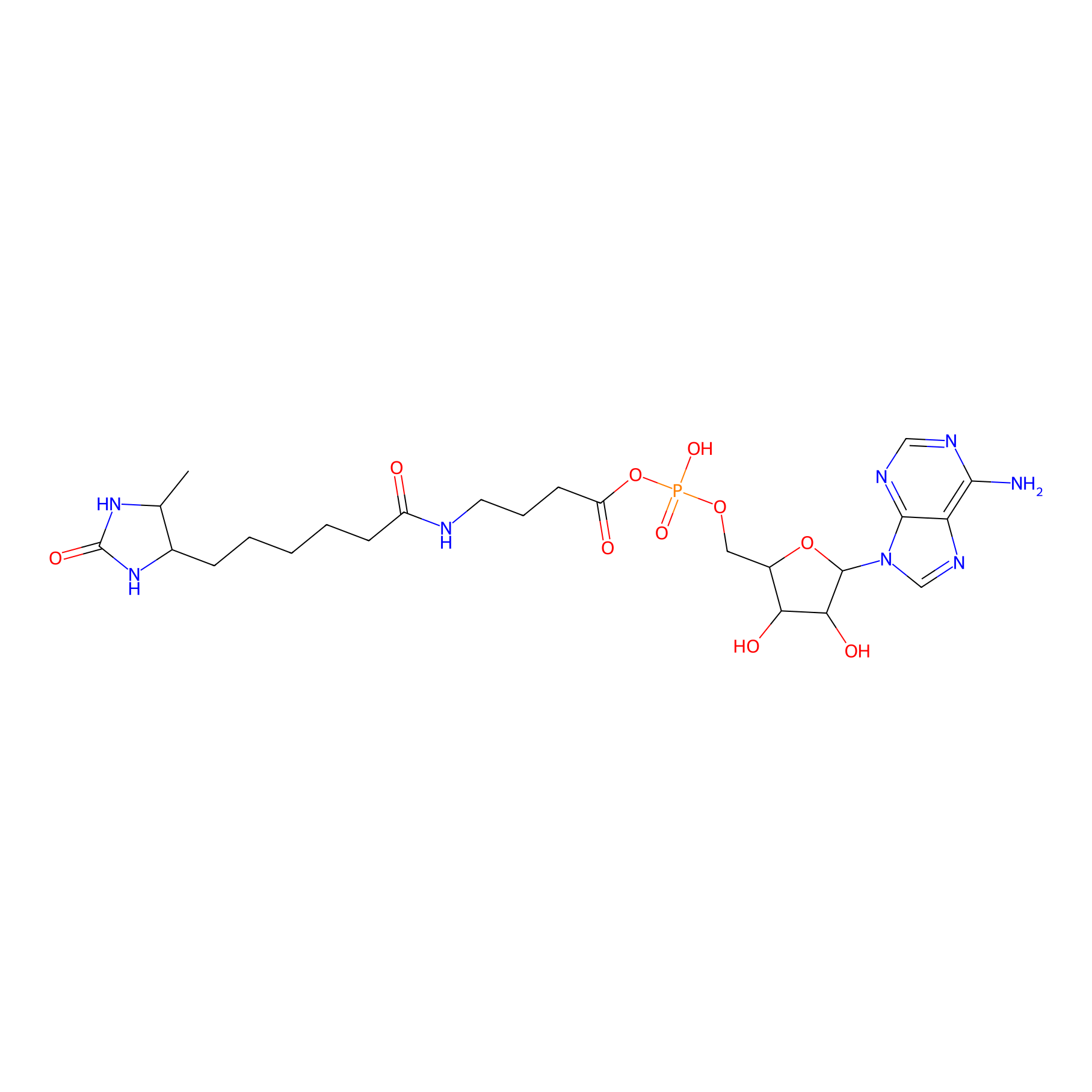 |
K78(0.00); K43(0.00); K39(0.00); K34(0.00) | LDD0200 | [12] | |
|
ATP probe Probe Info |
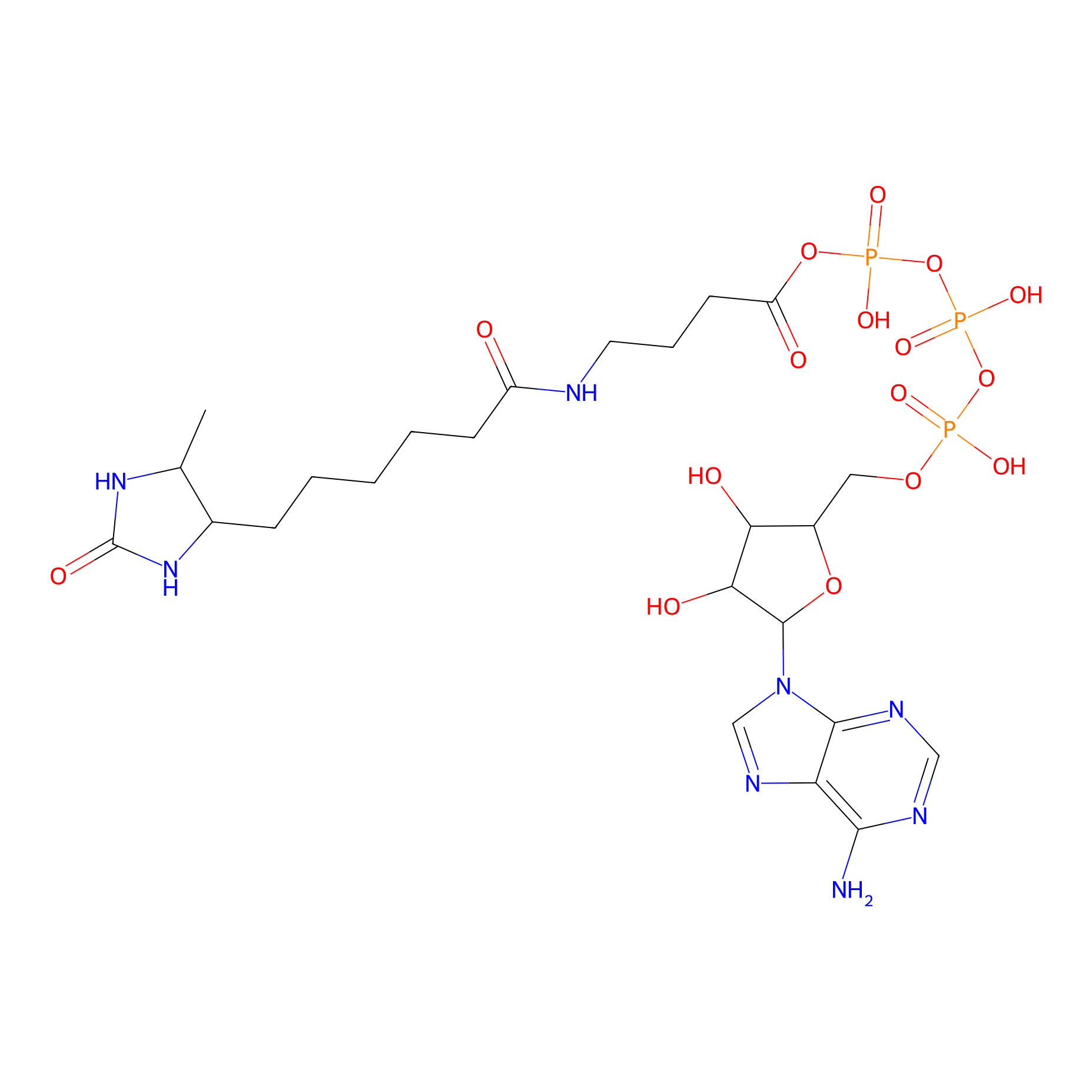 |
K78(0.00); K43(0.00); K39(0.00); K34(0.00) | LDD0199 | [12] | |
|
m-APA Probe Info |
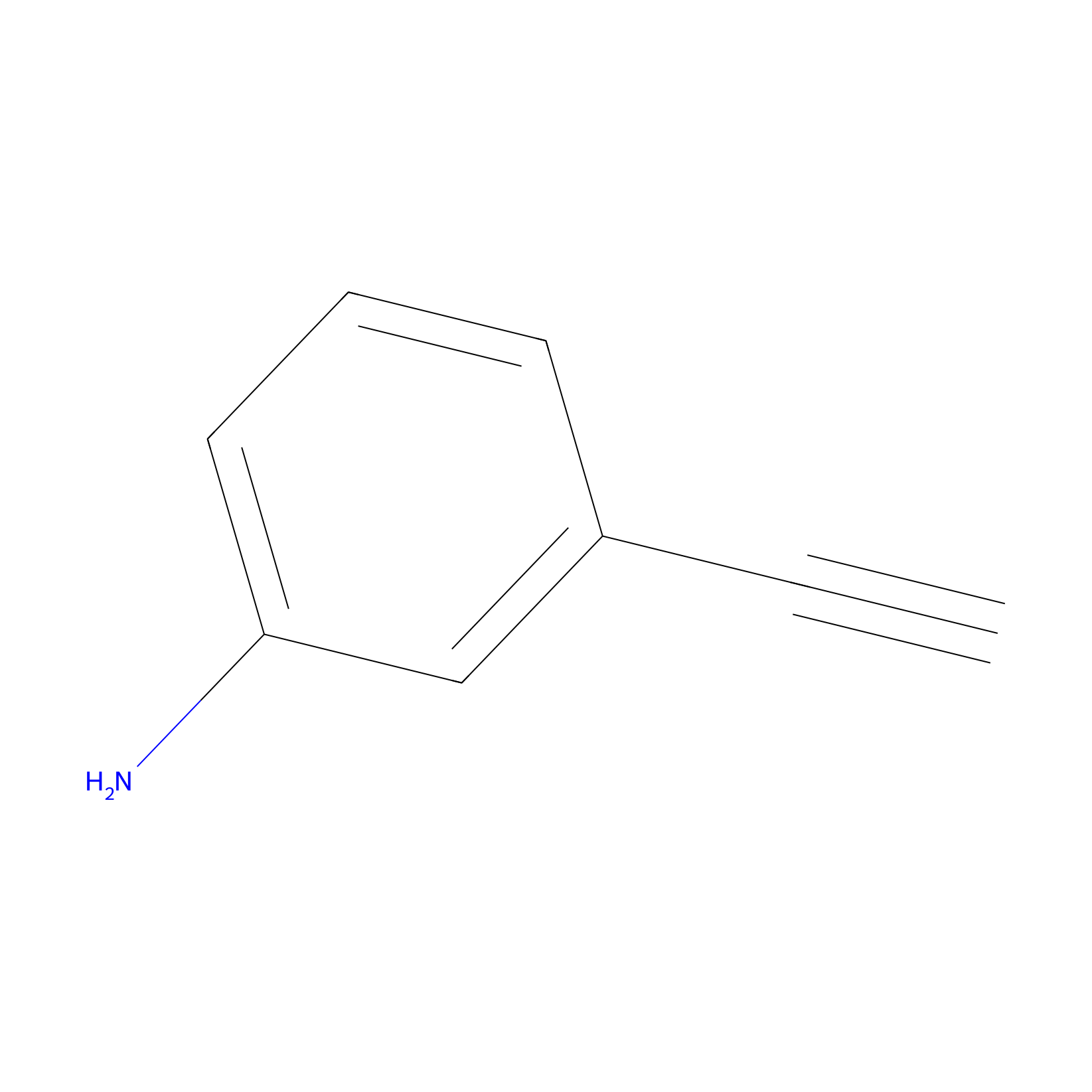 |
N.A. | LDD2232 | [11] | |
|
1d-yne Probe Info |
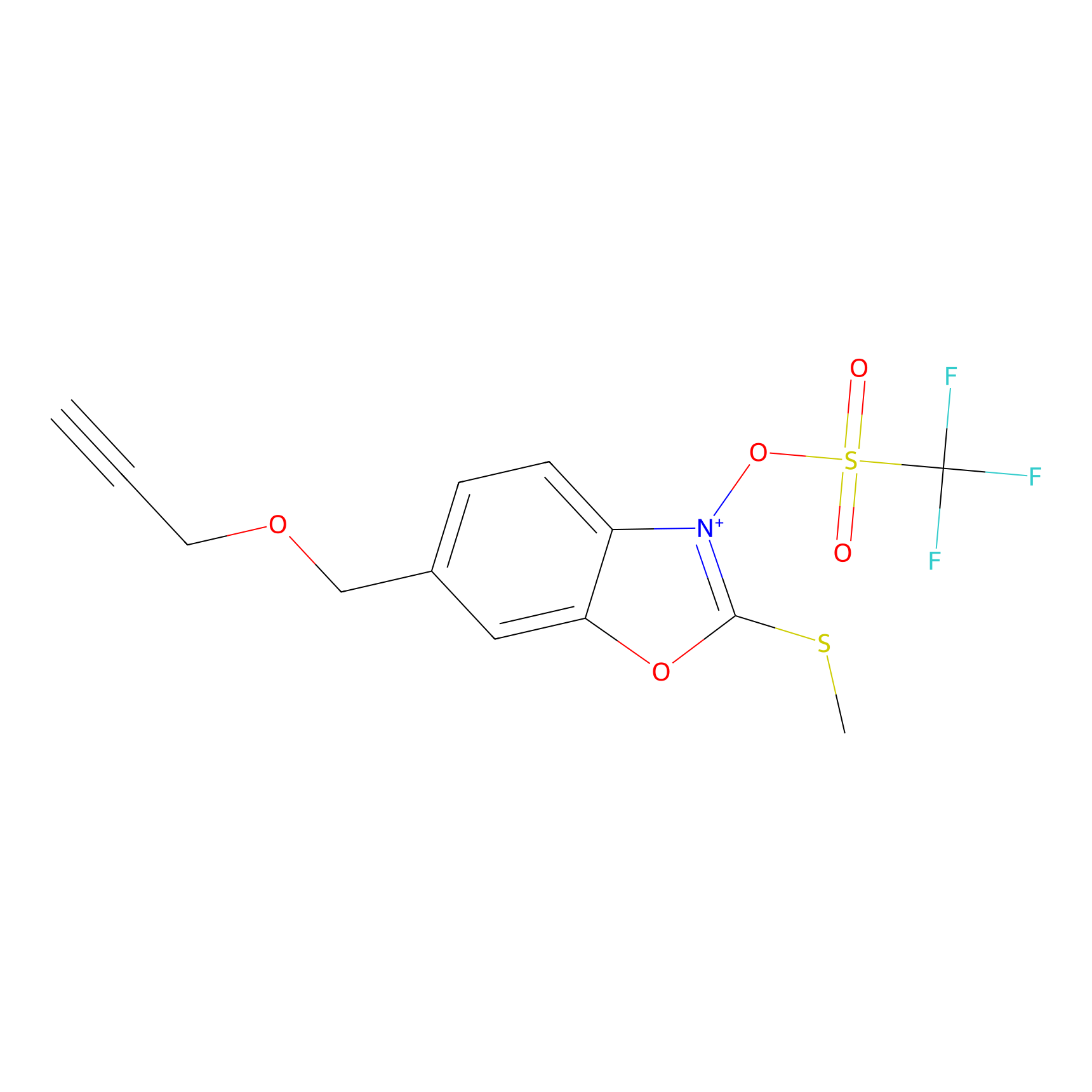 |
N.A. | LDD0356 | [13] | |
|
NHS Probe Info |
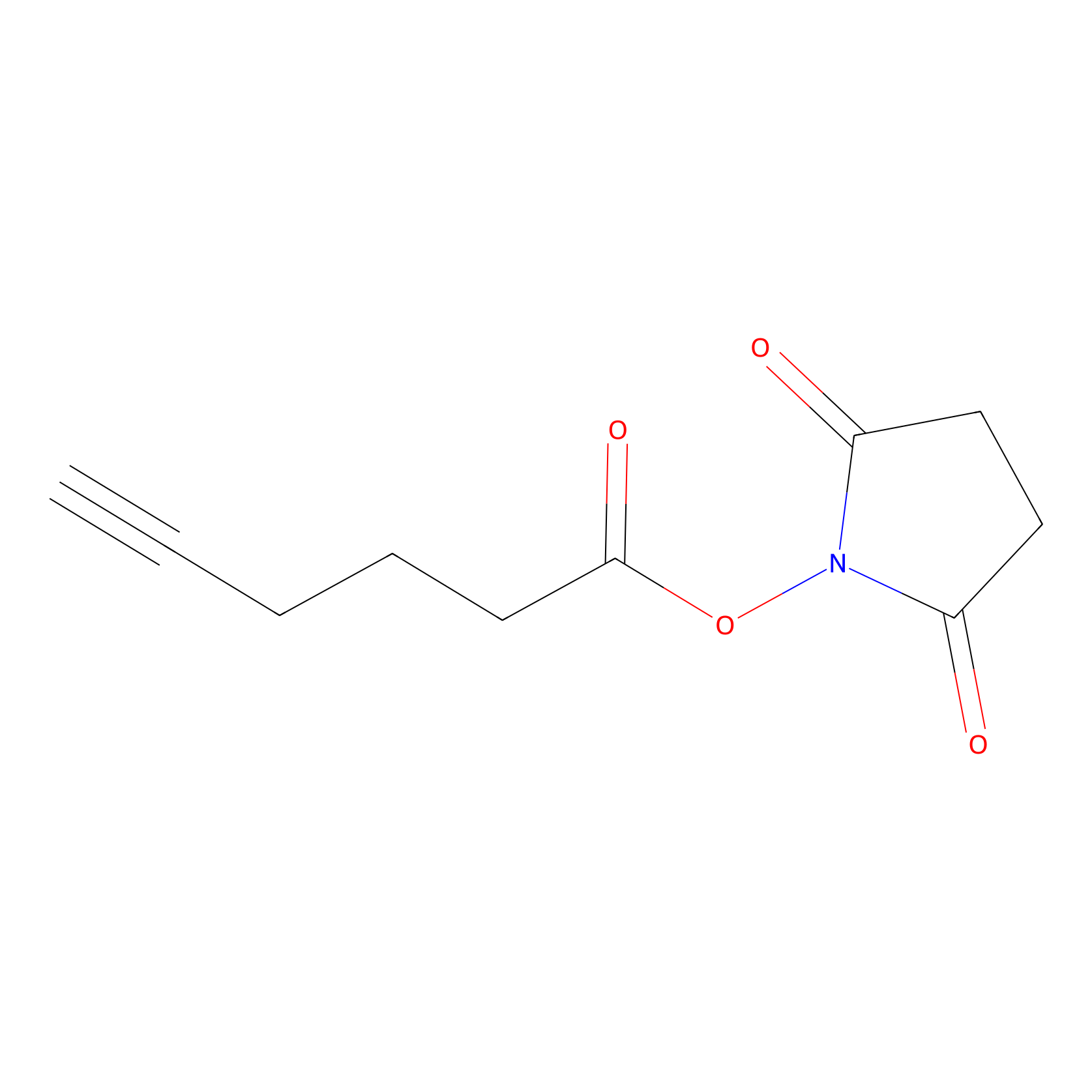 |
K27(0.00); K78(0.00); K34(0.00); K43(0.00) | LDD0010 | [14] | |
|
OSF Probe Info |
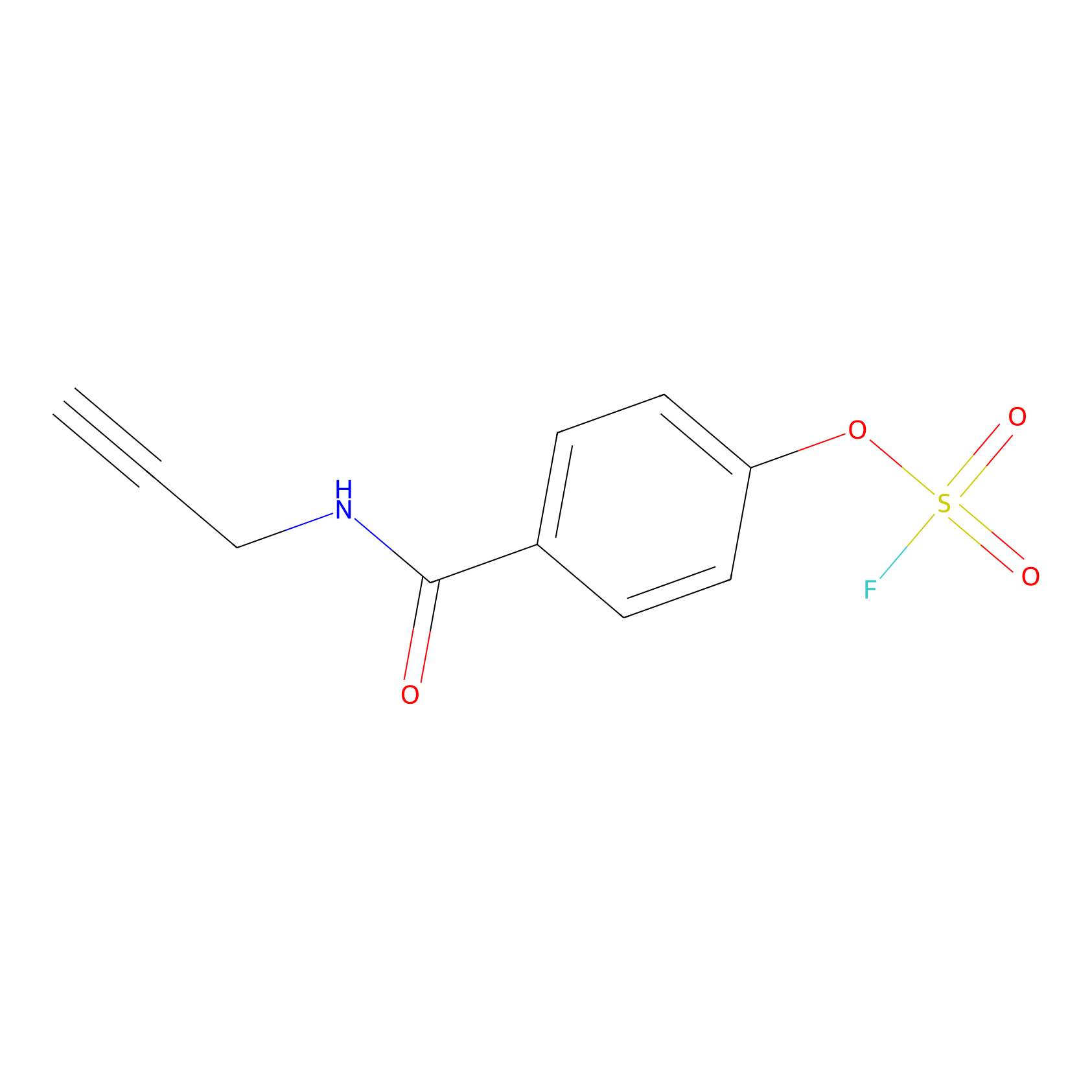 |
Y38(0.00); H58(0.00); Y18(0.00) | LDD0029 | [15] | |
|
SF Probe Info |
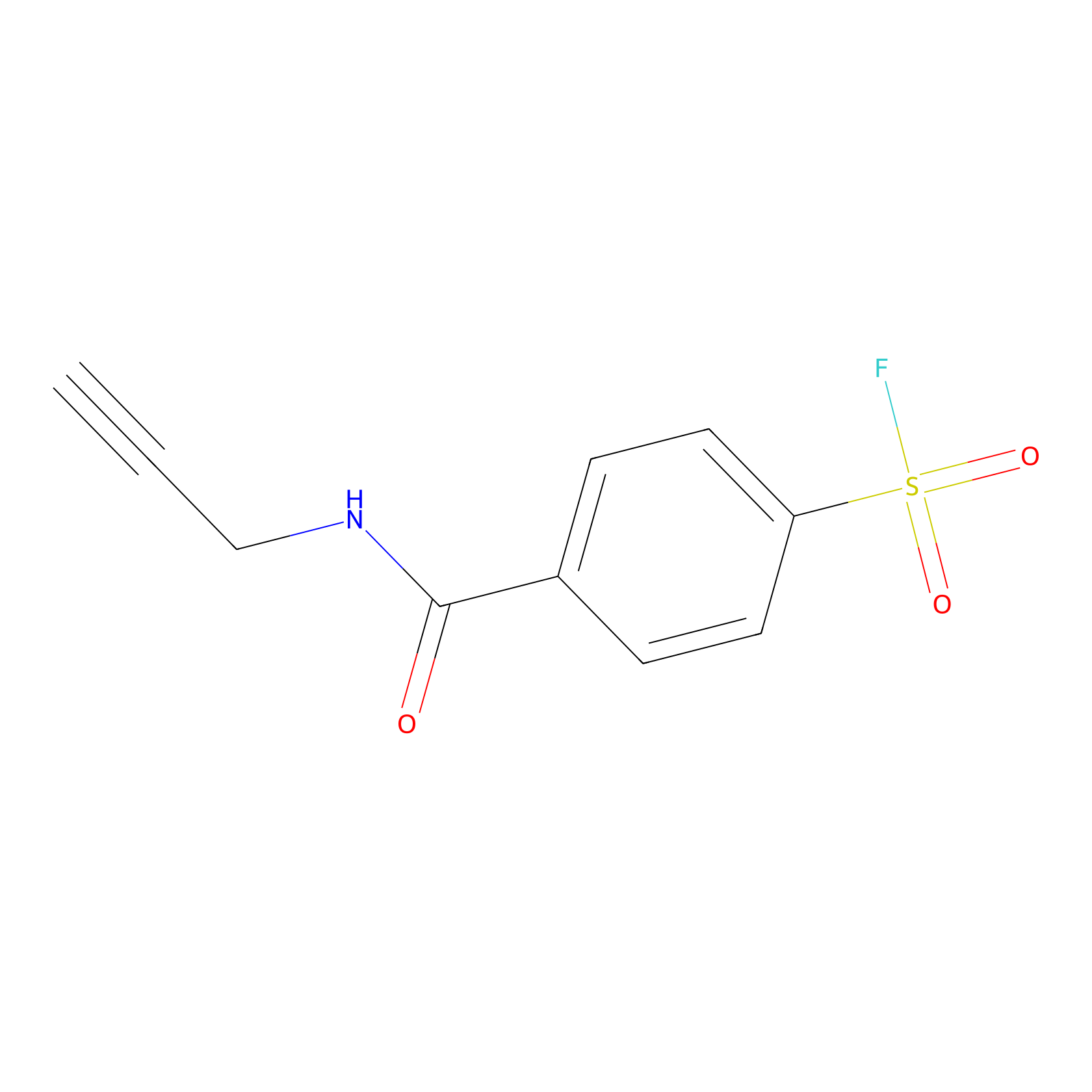 |
Y18(0.00); K34(0.00); K93(0.00); Y38(0.00) | LDD0028 | [15] | |
|
STPyne Probe Info |
 |
K34(0.00); K43(0.00); K27(0.00) | LDD0009 | [14] | |
|
Ox-W18 Probe Info |
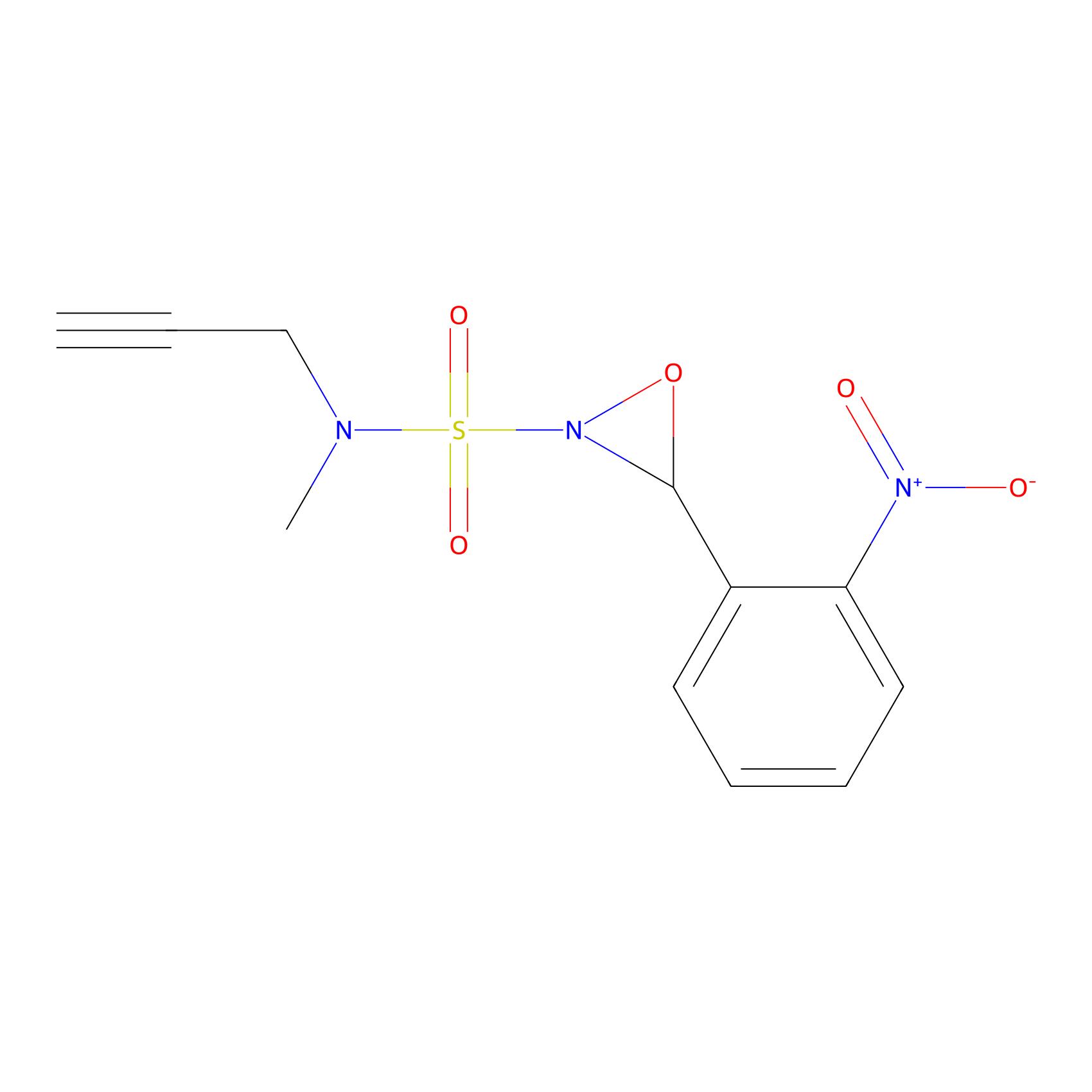 |
N.A. | LDD2175 | [16] | |
|
1c-yne Probe Info |
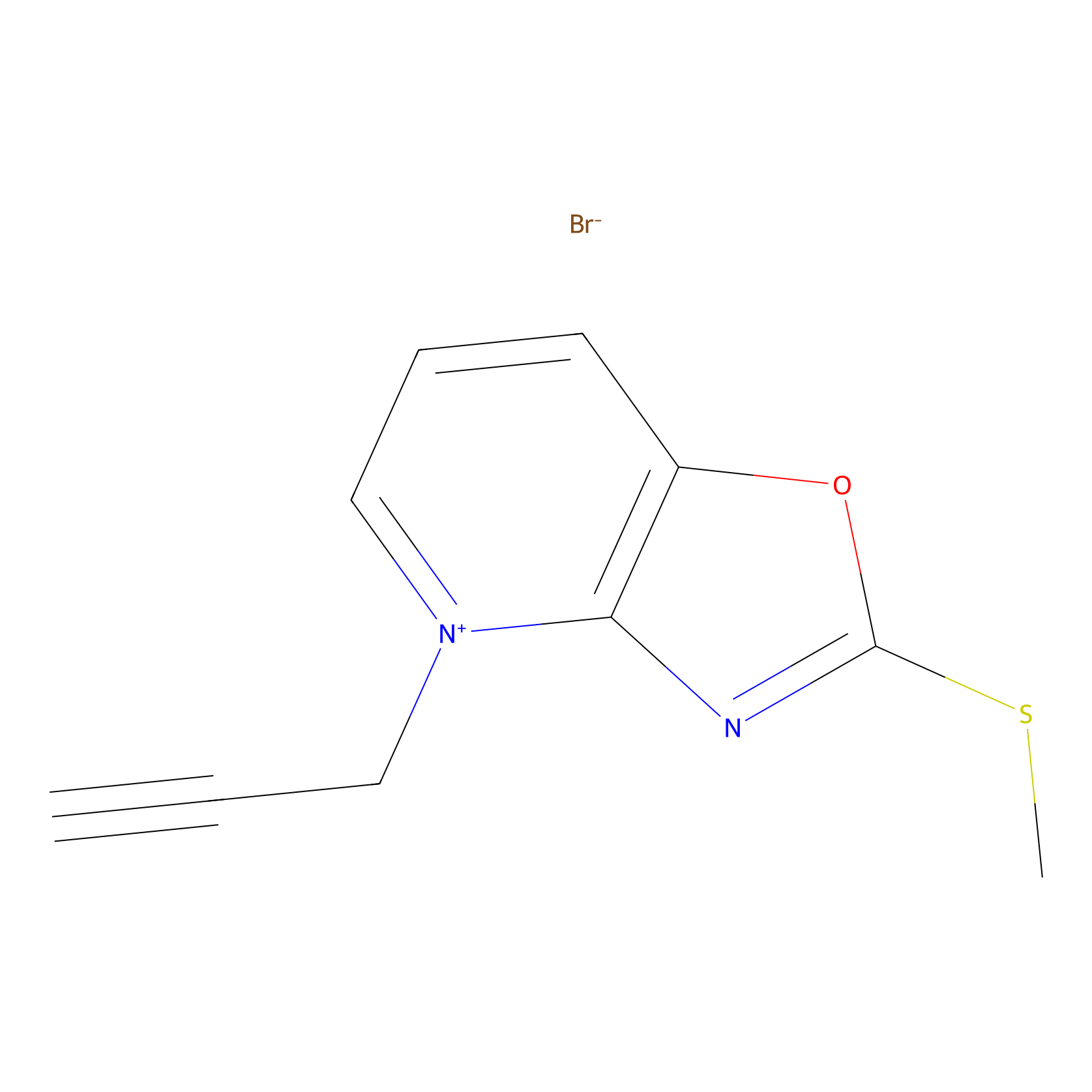 |
K9(0.00); K27(0.00); K76(0.00); K78(0.00) | LDD0228 | [13] | |
|
Acrolein Probe Info |
 |
H90(0.00); H58(0.00) | LDD0217 | [17] | |
|
Crotonaldehyde Probe Info |
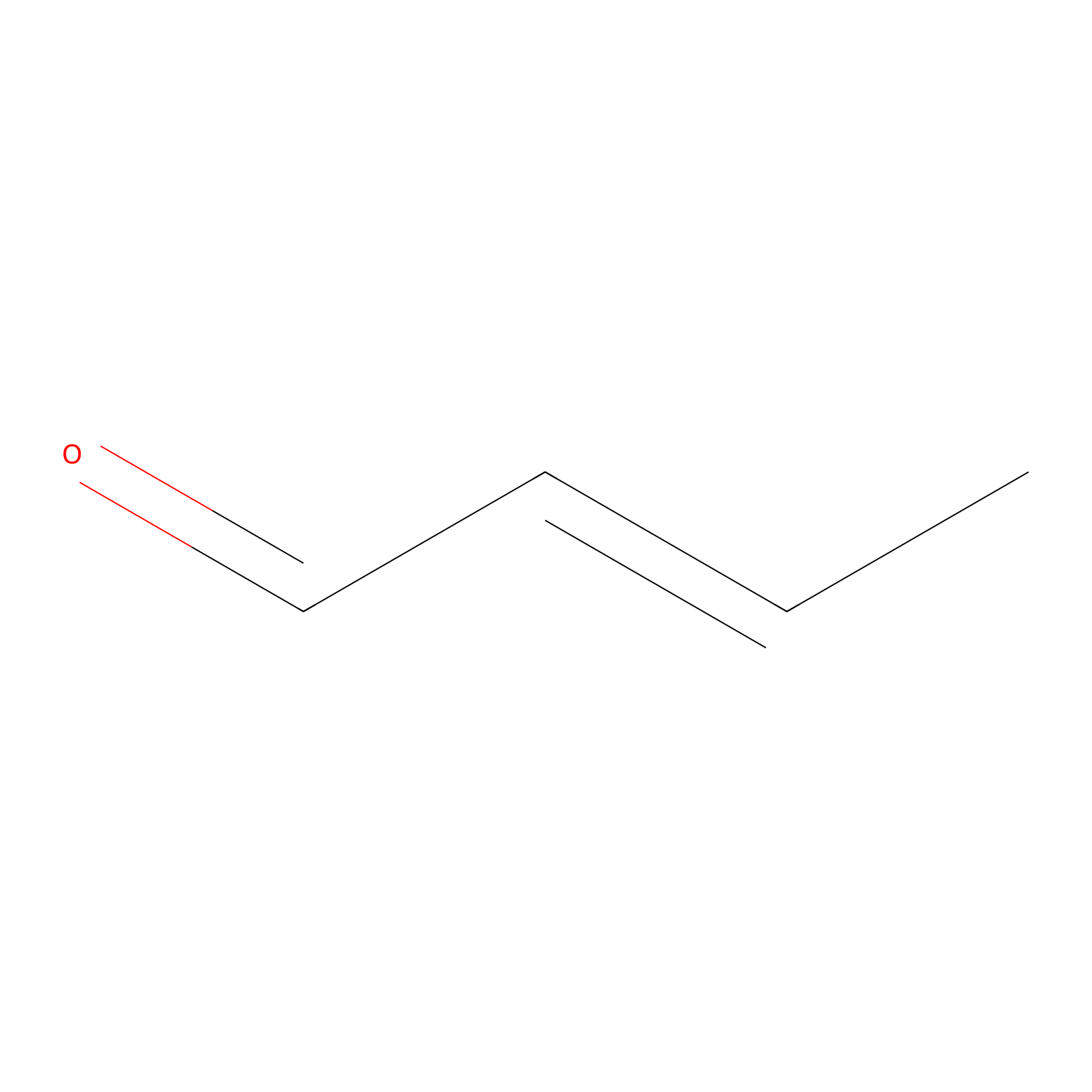 |
N.A. | LDD0219 | [17] | |
|
Methacrolein Probe Info |
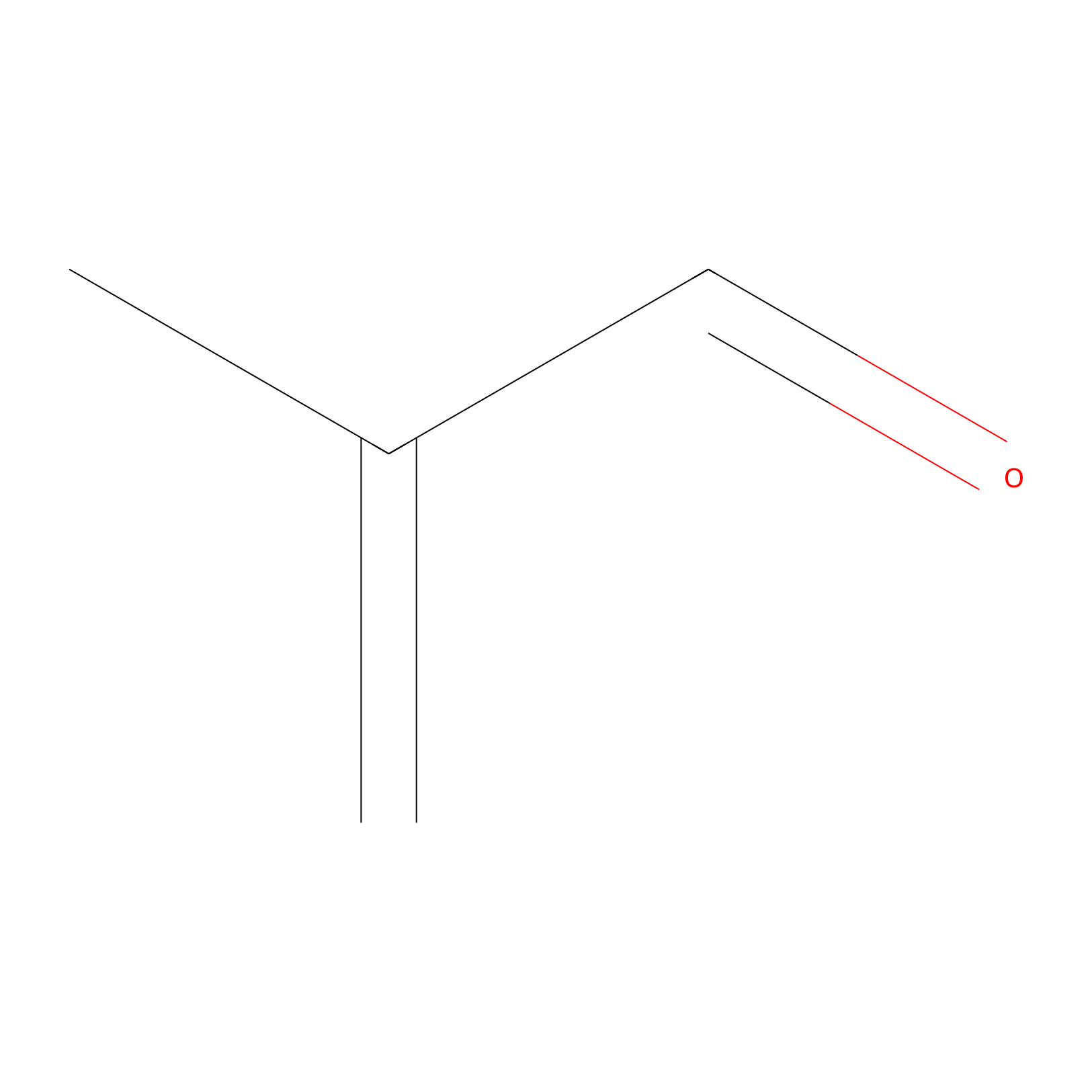 |
N.A. | LDD0218 | [17] | |
|
W1 Probe Info |
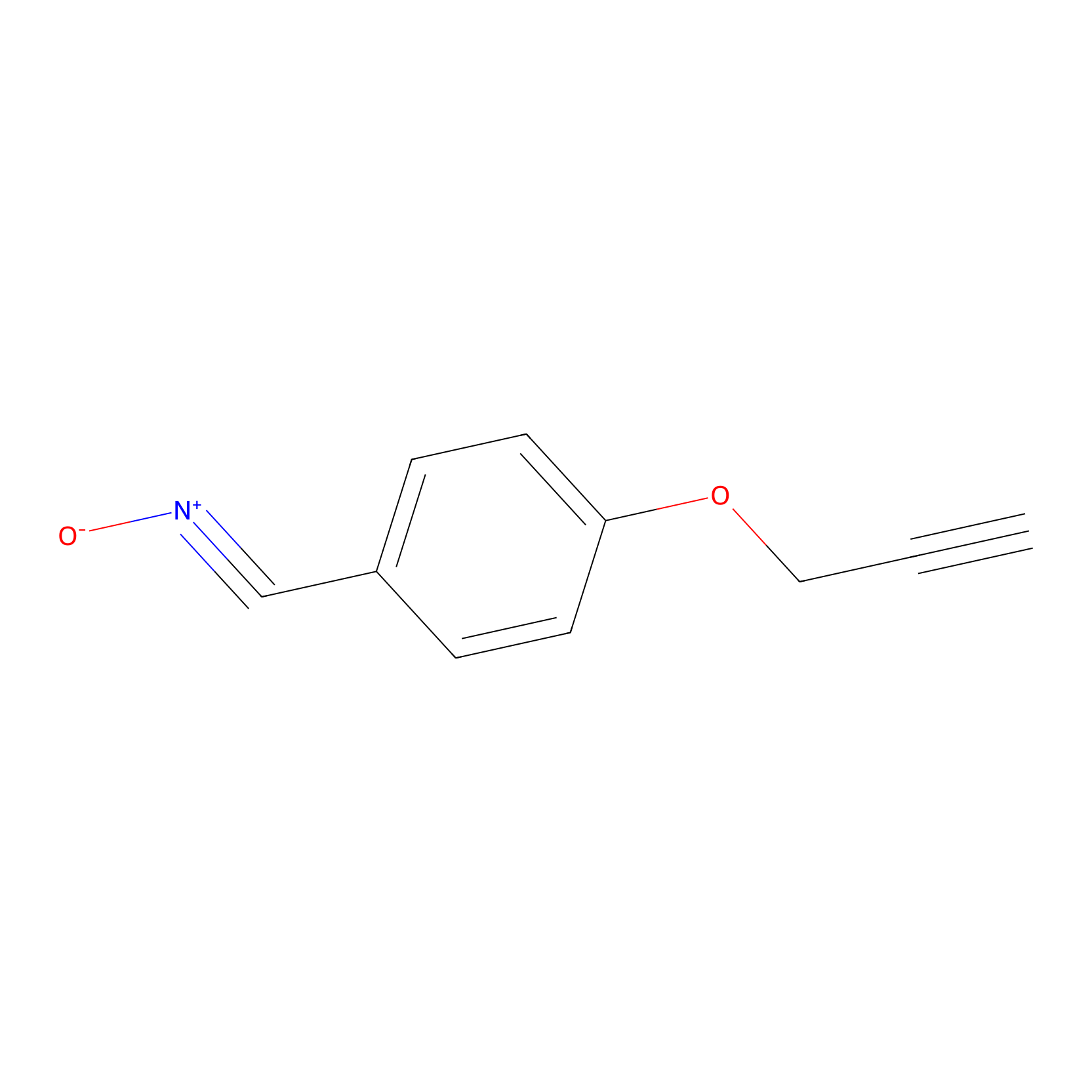 |
K78(0.00); D56(0.00); S77(0.00) | LDD0236 | [18] | |
PAL-AfBPP Probe
| Probe name | Structure | Binding Site(Ratio) | Interaction ID | Ref | |
|---|---|---|---|---|---|
|
C003 Probe Info |
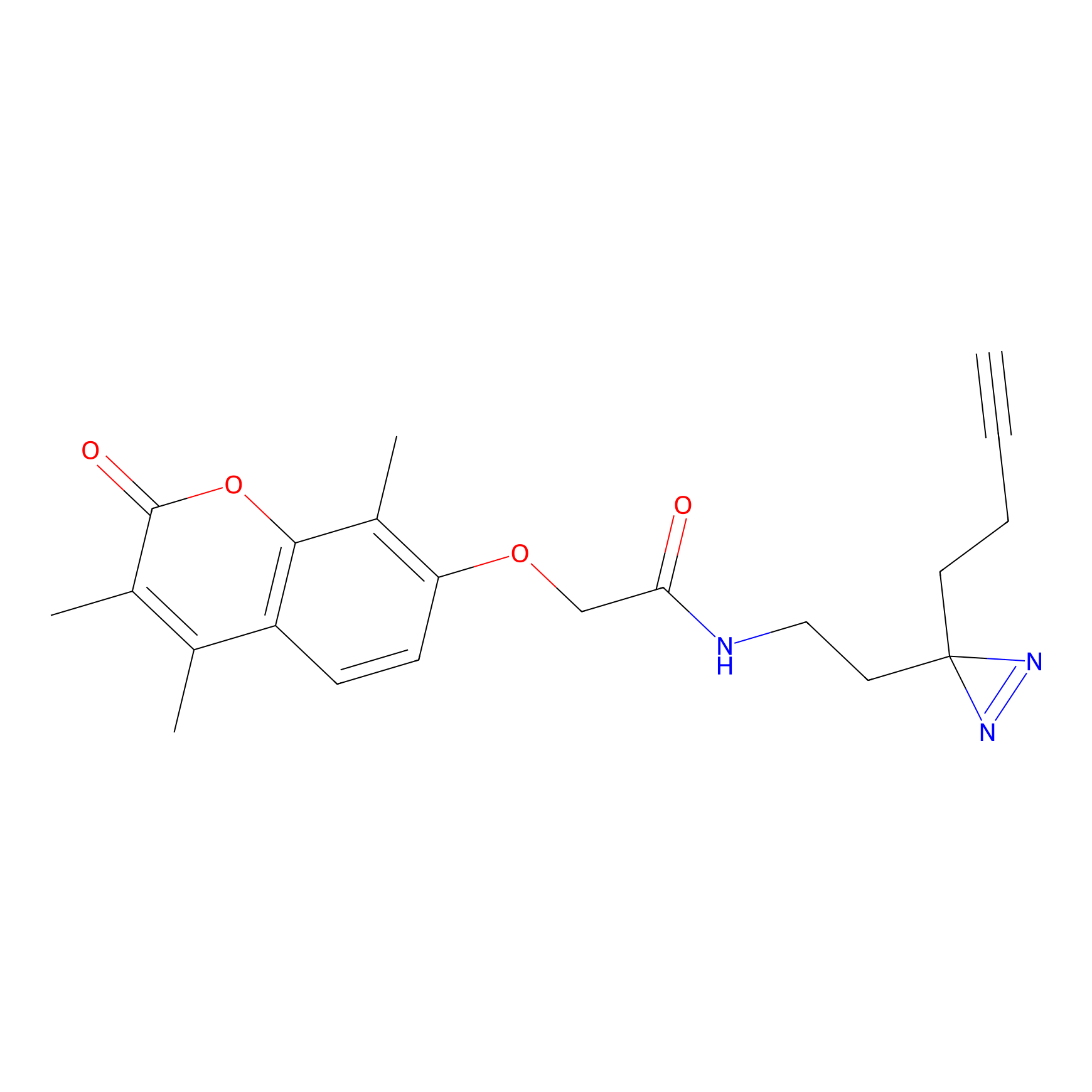 |
12.38 | LDD1713 | [19] | |
|
C228 Probe Info |
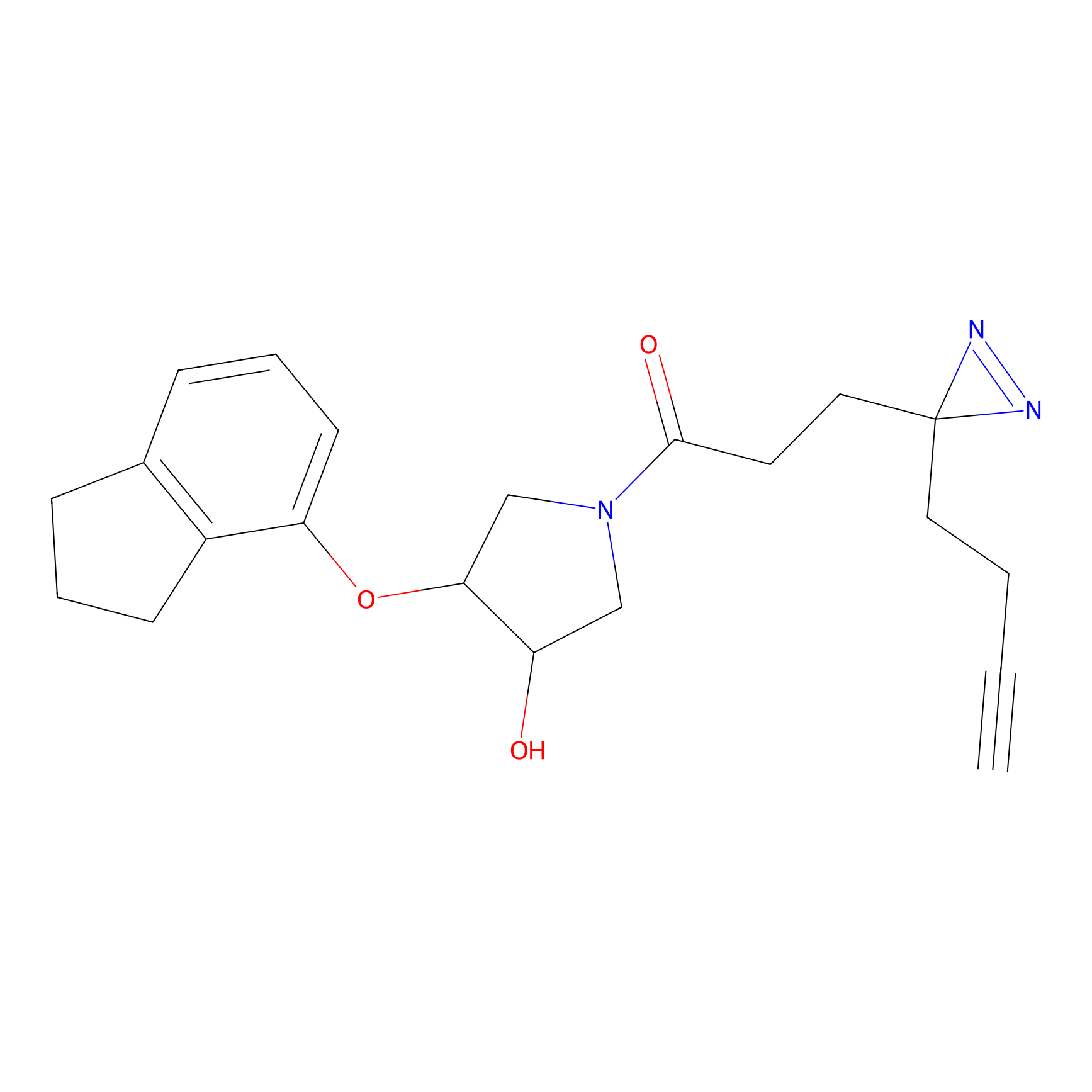 |
36.50 | LDD1901 | [19] | |
|
FFF probe13 Probe Info |
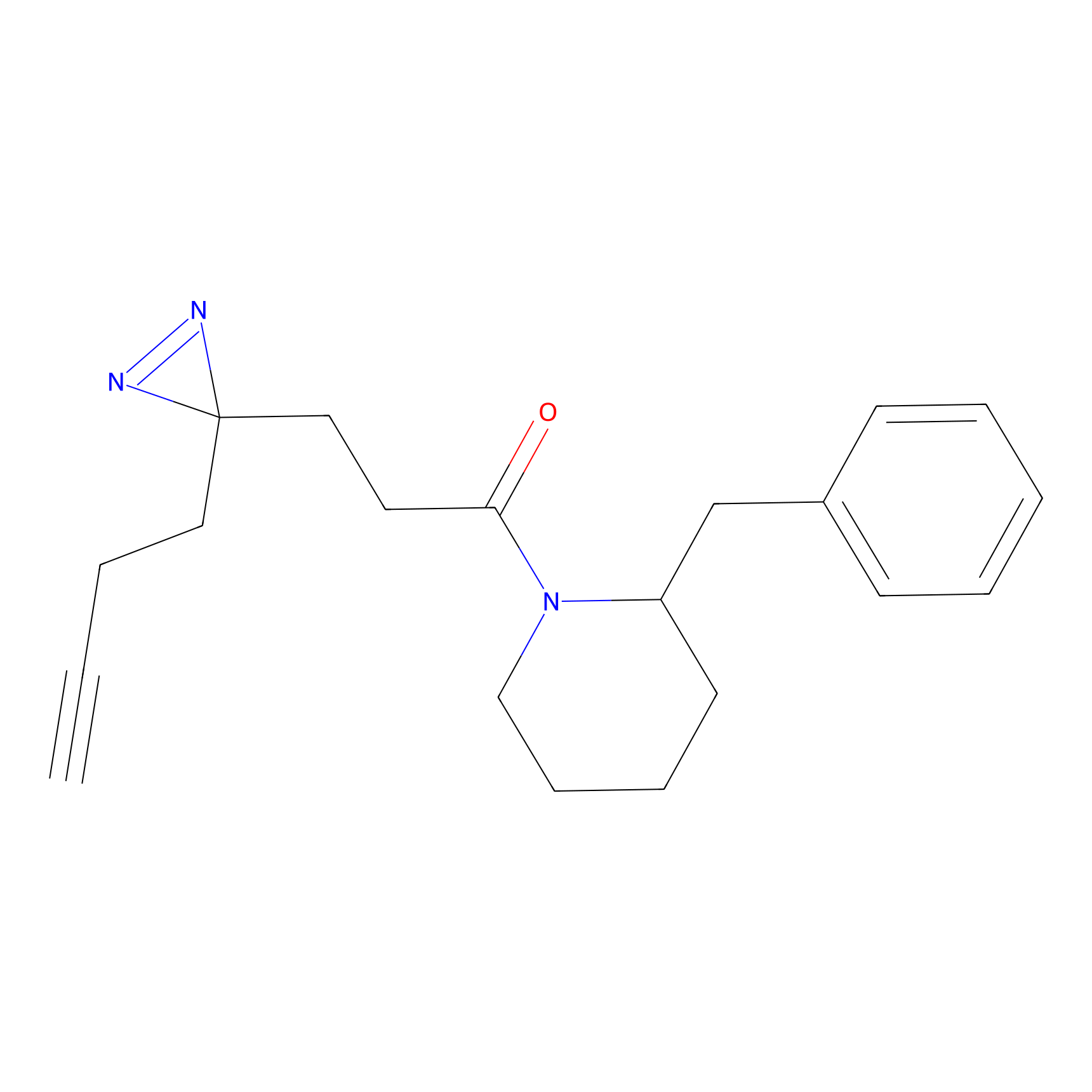 |
5.04 | LDD0475 | [20] | |
|
STS-2 Probe Info |
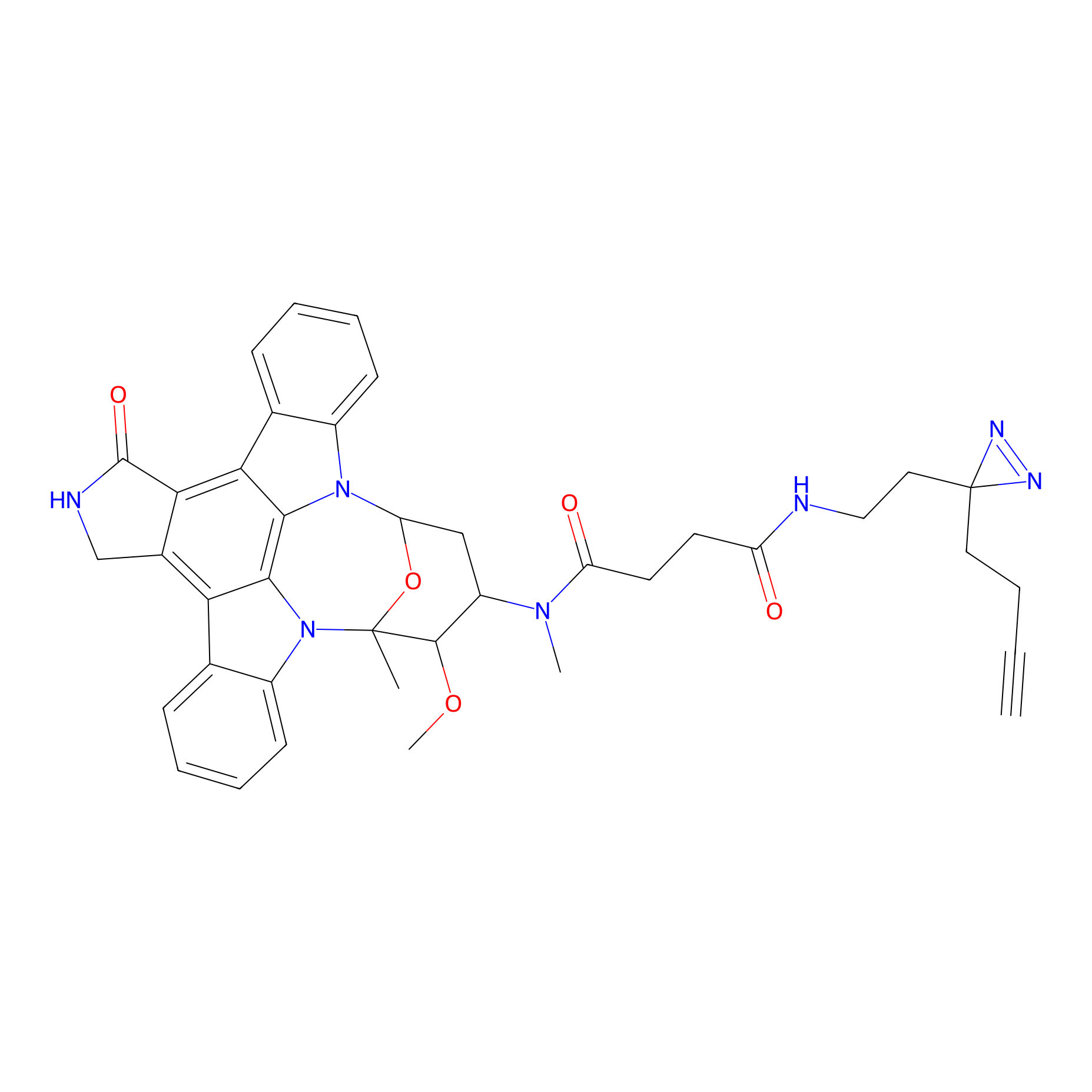 |
N.A. | LDD0138 | [21] | |
|
Photocelecoxib Probe Info |
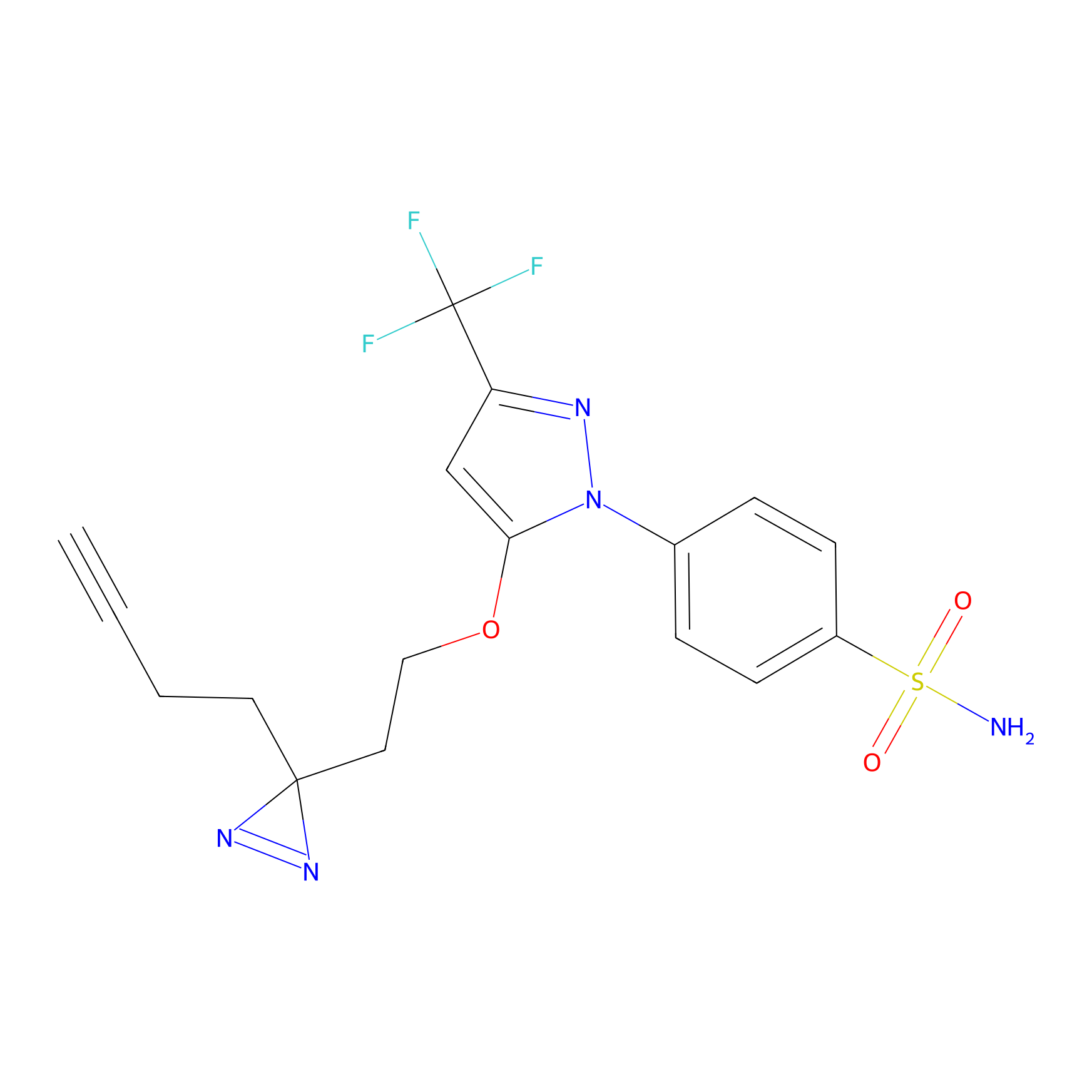 |
N.A. | LDD0153 | [22] | |
Competitor(s) Related to This Target
| Competitor ID | Name | Cell line | Binding Site(Ratio) | Interaction ID | Ref |
|---|---|---|---|---|---|
| LDCM0108 | Chloroacetamide | HeLa | H90(0.00); H58(0.00) | LDD0222 | [17] |
| LDCM0116 | HHS-0101 | DM93 | Y89(0.57); Y38(7.41) | LDD0264 | [9] |
| LDCM0117 | HHS-0201 | DM93 | Y89(1.26) | LDD0265 | [9] |
| LDCM0118 | HHS-0301 | DM93 | Y38(0.29); Y89(0.44) | LDD0266 | [9] |
| LDCM0119 | HHS-0401 | DM93 | Y38(0.27); Y89(0.96) | LDD0267 | [9] |
| LDCM0120 | HHS-0701 | DM93 | Y38(0.23); Y89(0.57) | LDD0268 | [9] |
| LDCM0107 | IAA | HeLa | H90(0.00); H58(0.00) | LDD0221 | [17] |
| LDCM0123 | JWB131 | DM93 | Y18(0.93); Y38(0.98); Y89(0.88) | LDD0285 | [8] |
| LDCM0124 | JWB142 | DM93 | Y18(0.69); Y38(0.92); Y89(0.77) | LDD0286 | [8] |
| LDCM0125 | JWB146 | DM93 | Y18(1.06); Y38(1.39); Y89(0.97) | LDD0287 | [8] |
| LDCM0126 | JWB150 | DM93 | Y18(2.37); Y38(3.35); Y89(3.30) | LDD0288 | [8] |
| LDCM0127 | JWB152 | DM93 | Y18(1.76); Y38(2.25); Y89(2.15) | LDD0289 | [8] |
| LDCM0128 | JWB198 | DM93 | Y18(1.06); Y38(1.31); Y89(1.36) | LDD0290 | [8] |
| LDCM0129 | JWB202 | DM93 | Y18(0.44); Y38(0.59); Y89(0.58) | LDD0291 | [8] |
| LDCM0130 | JWB211 | DM93 | Y18(0.90); Y38(1.23); Y89(1.08) | LDD0292 | [8] |
| LDCM0109 | NEM | HeLa | H90(0.00); H58(0.00) | LDD0223 | [17] |
| LDCM0112 | W16 | Hep-G2 | N69(0.96) | LDD0239 | [18] |
The Interaction Atlas With This Target
The Protein(s) Related To This Target
Enzyme
Other
| Protein name | Family | Uniprot ID | |||
|---|---|---|---|---|---|
| Programmed cell death protein 4 (PDCD4) | PDCD4 family | Q53EL6 | |||
References
